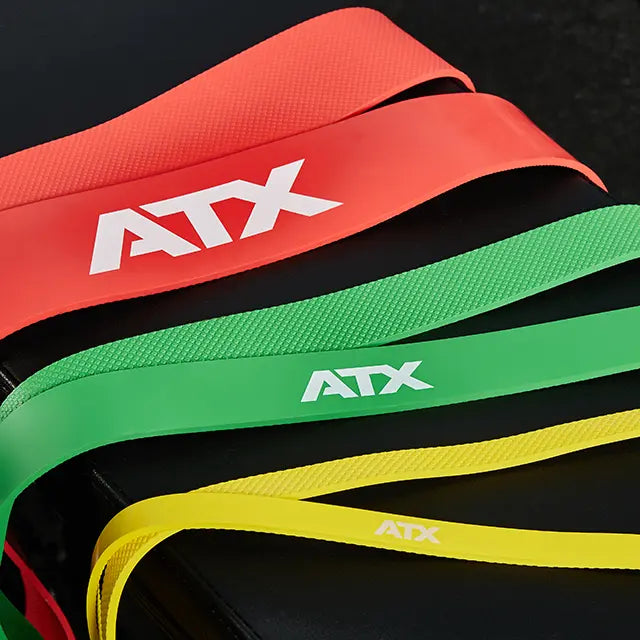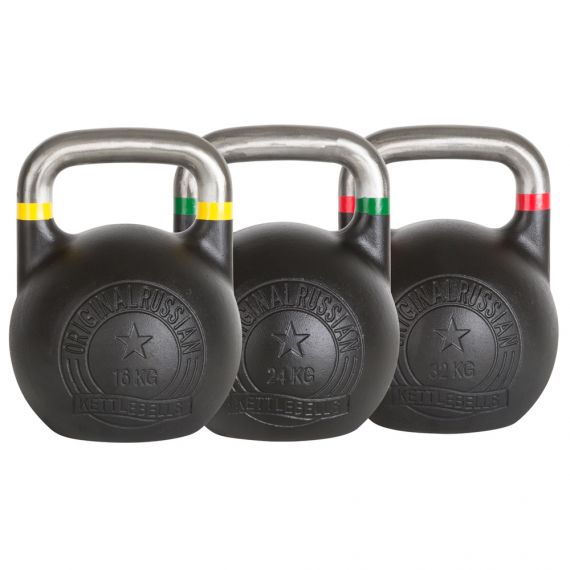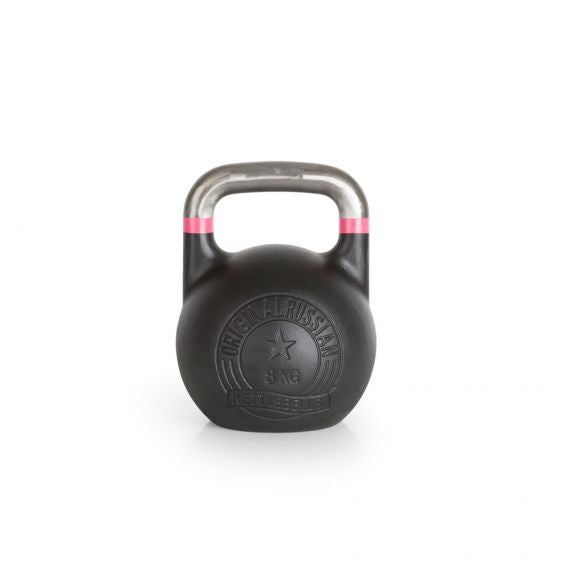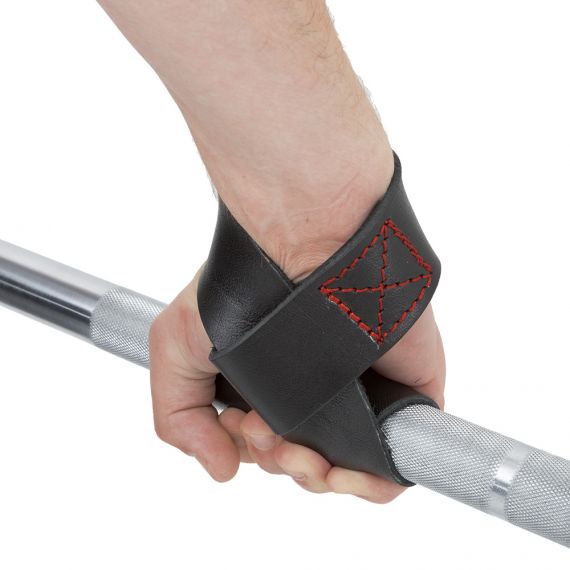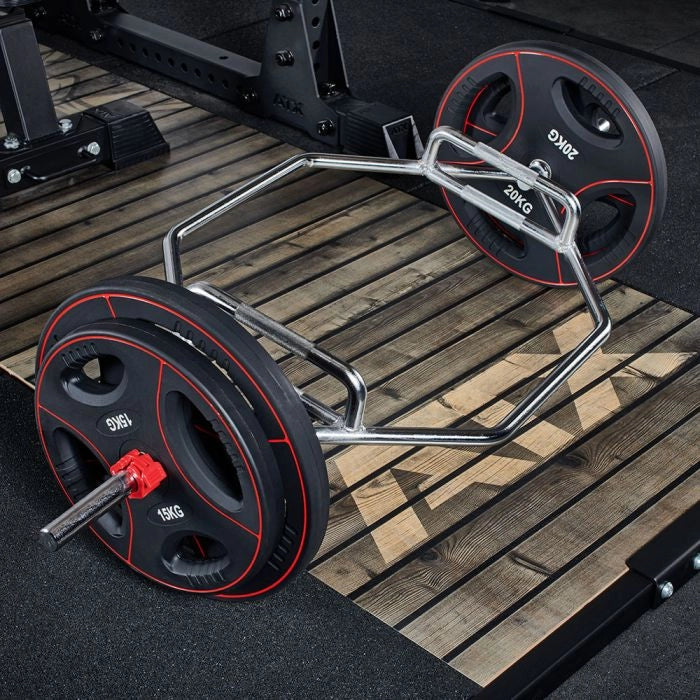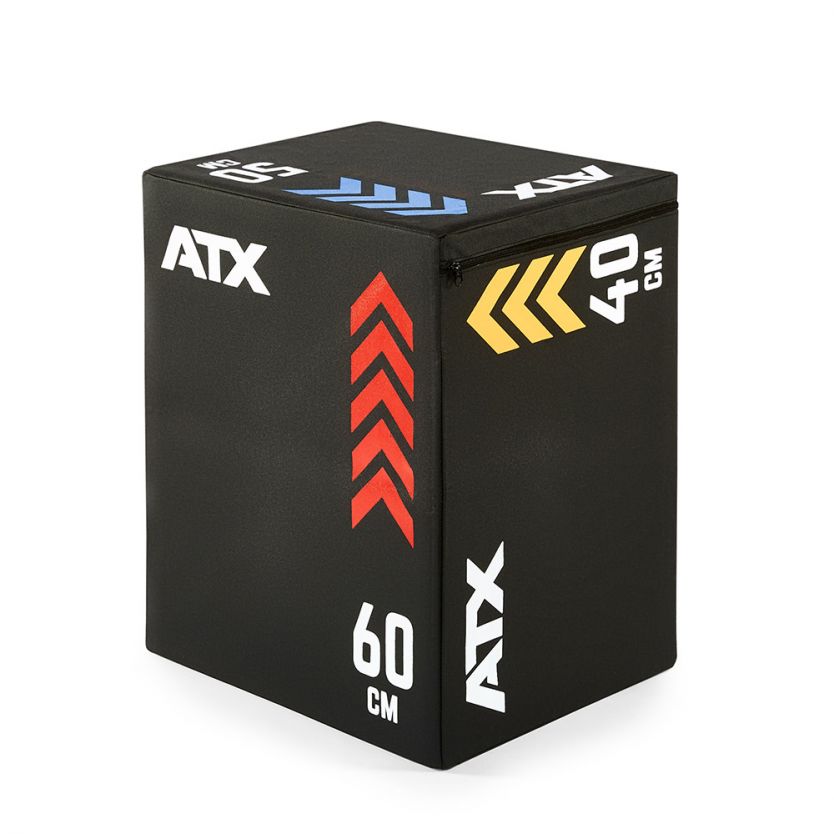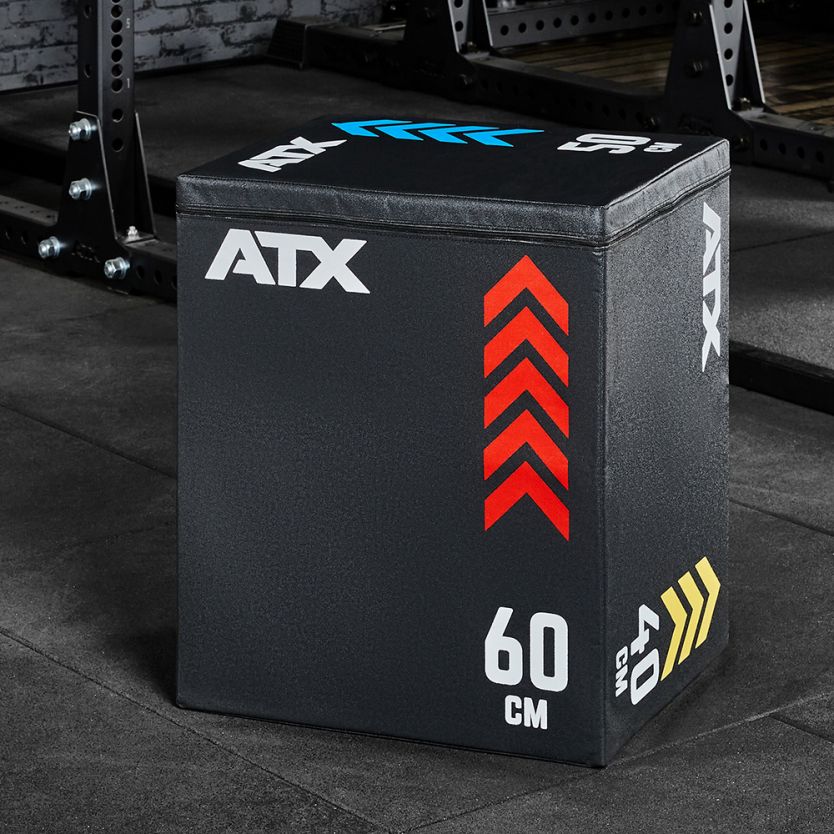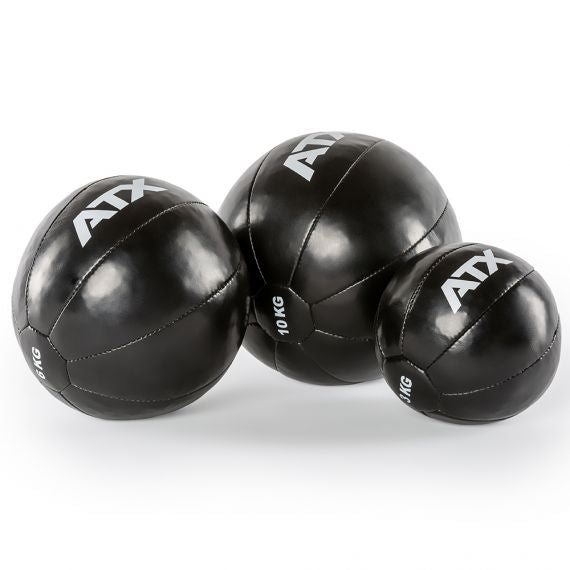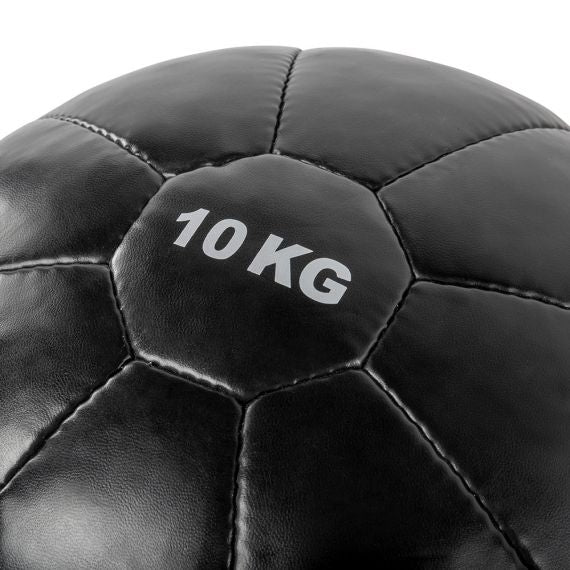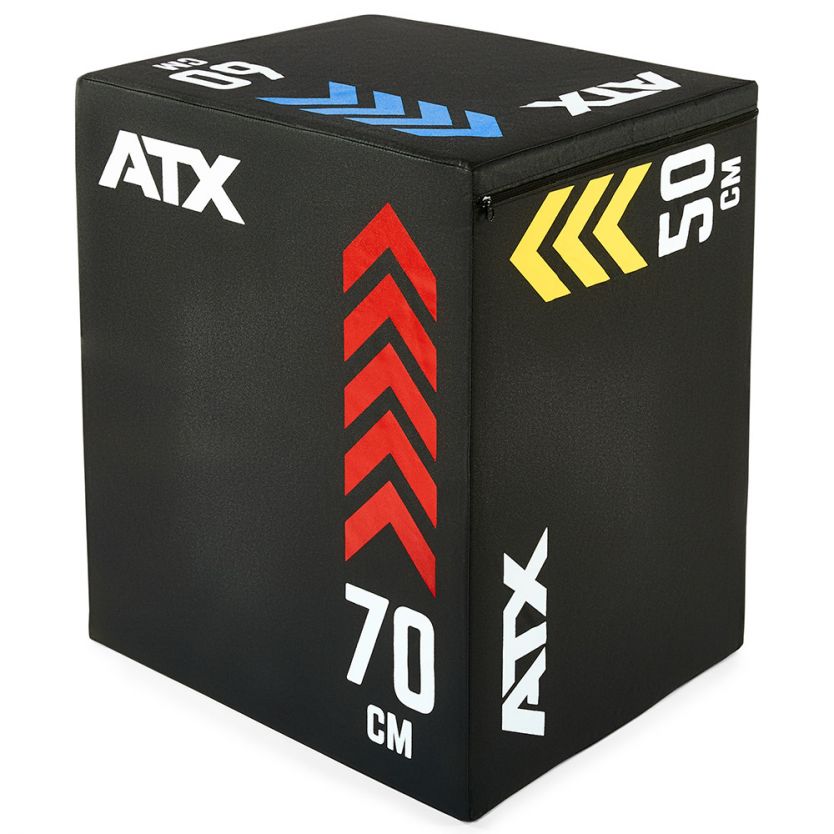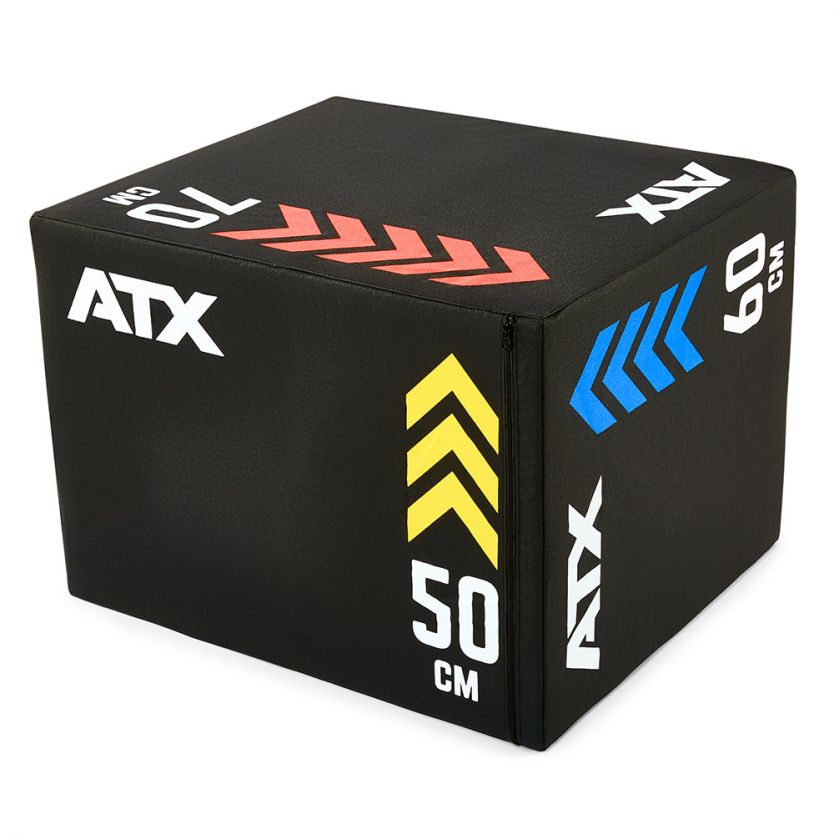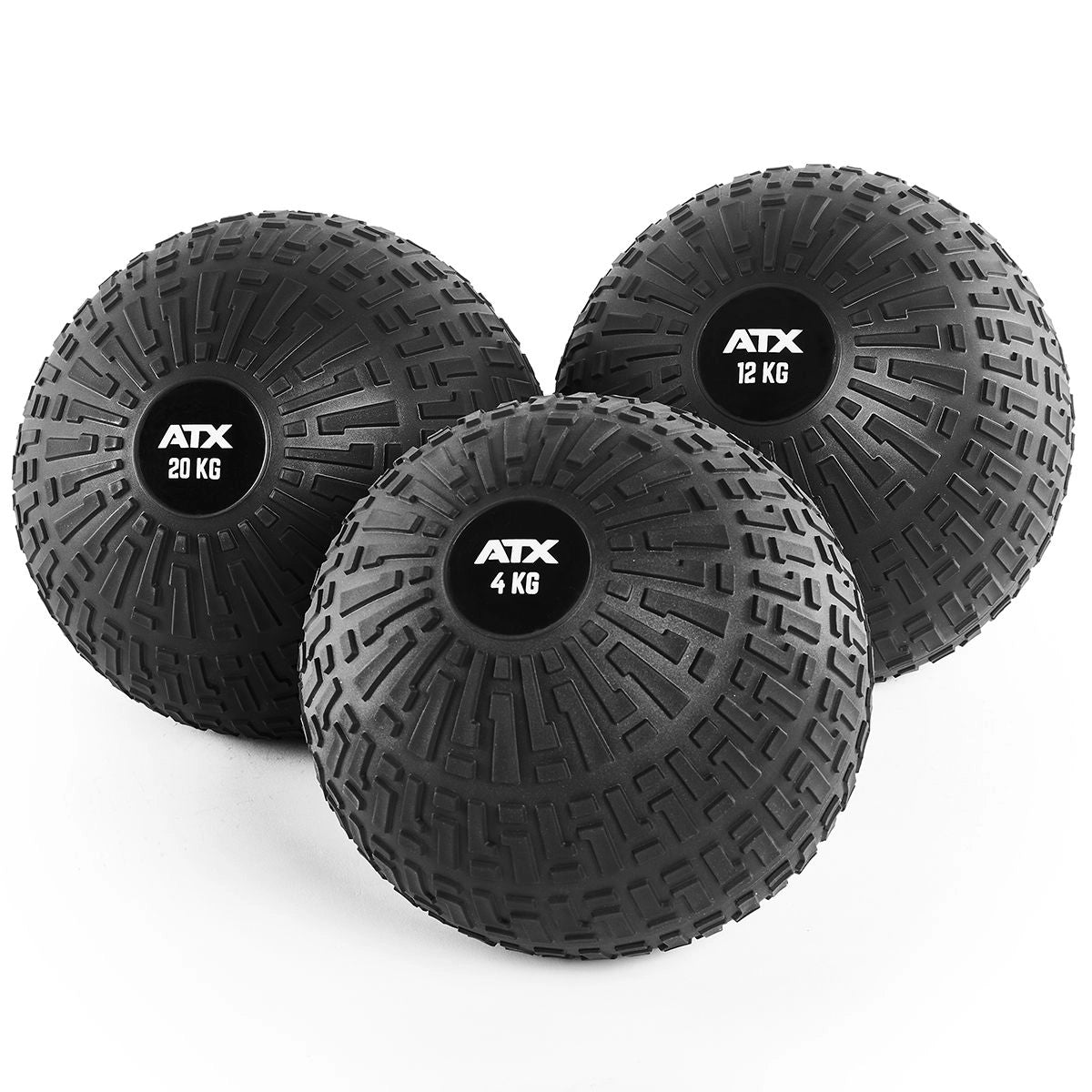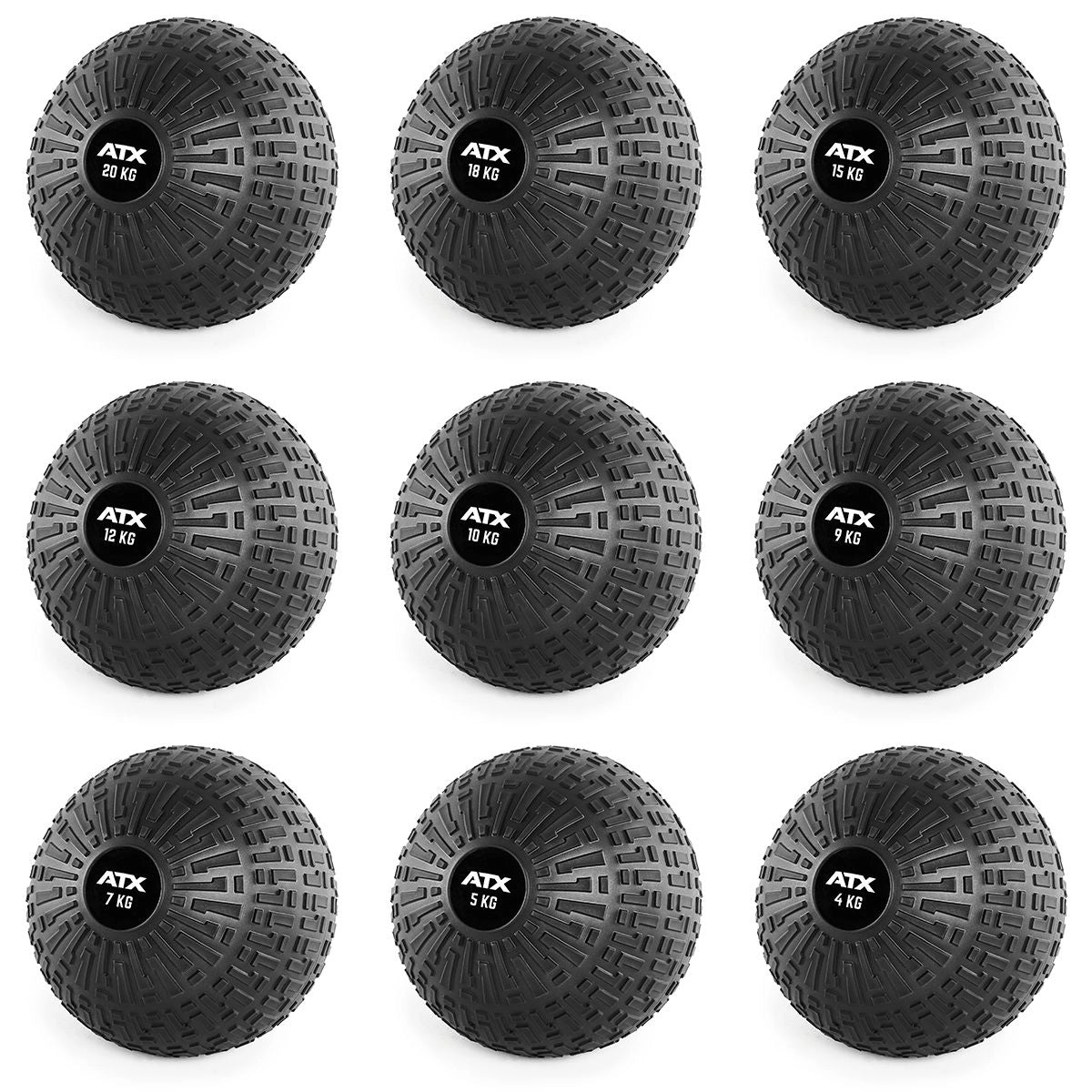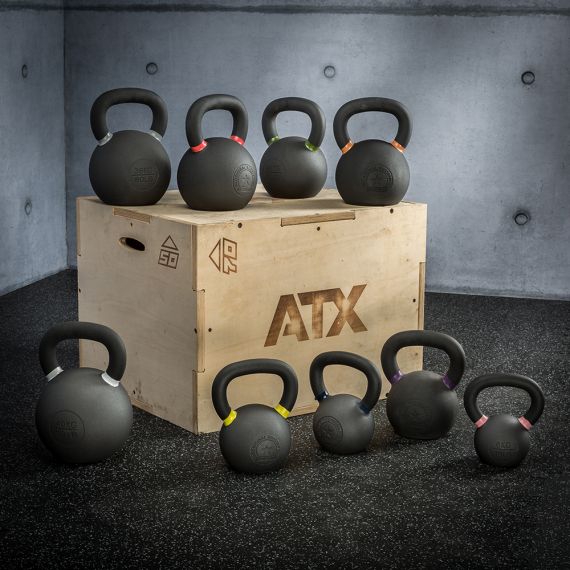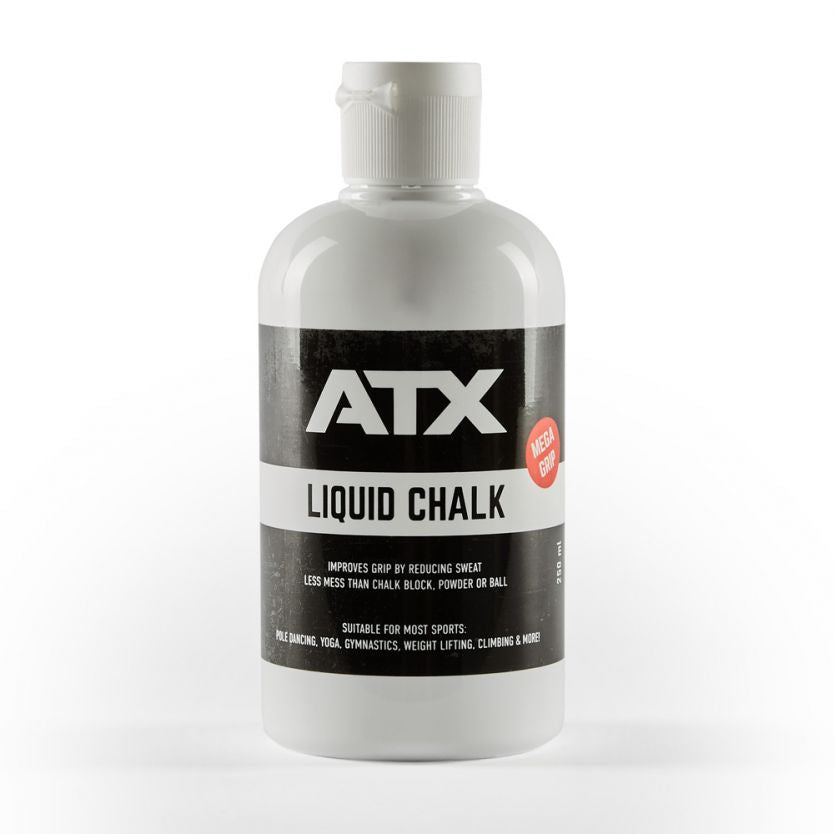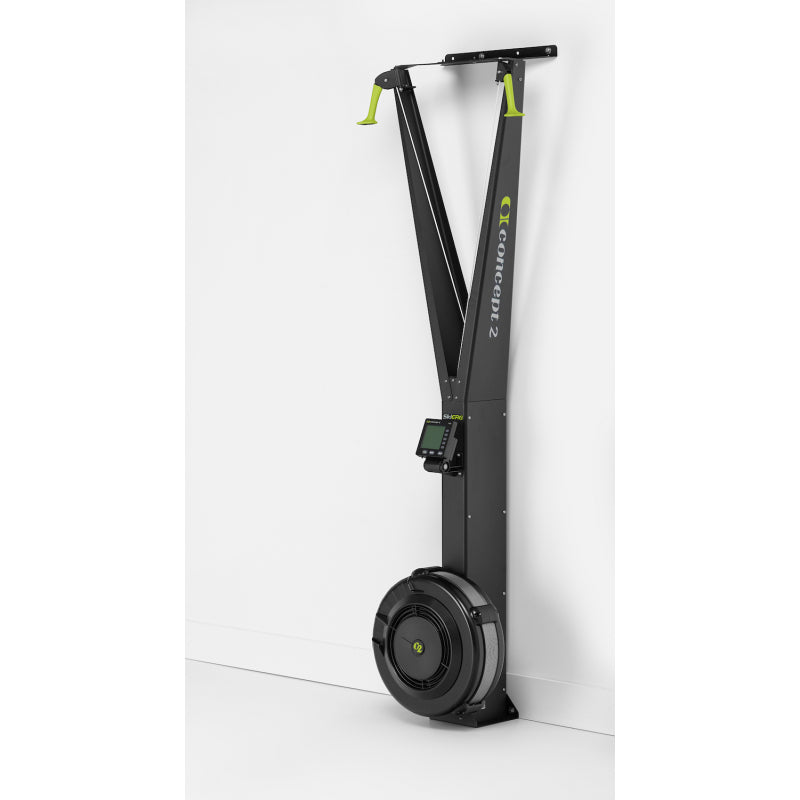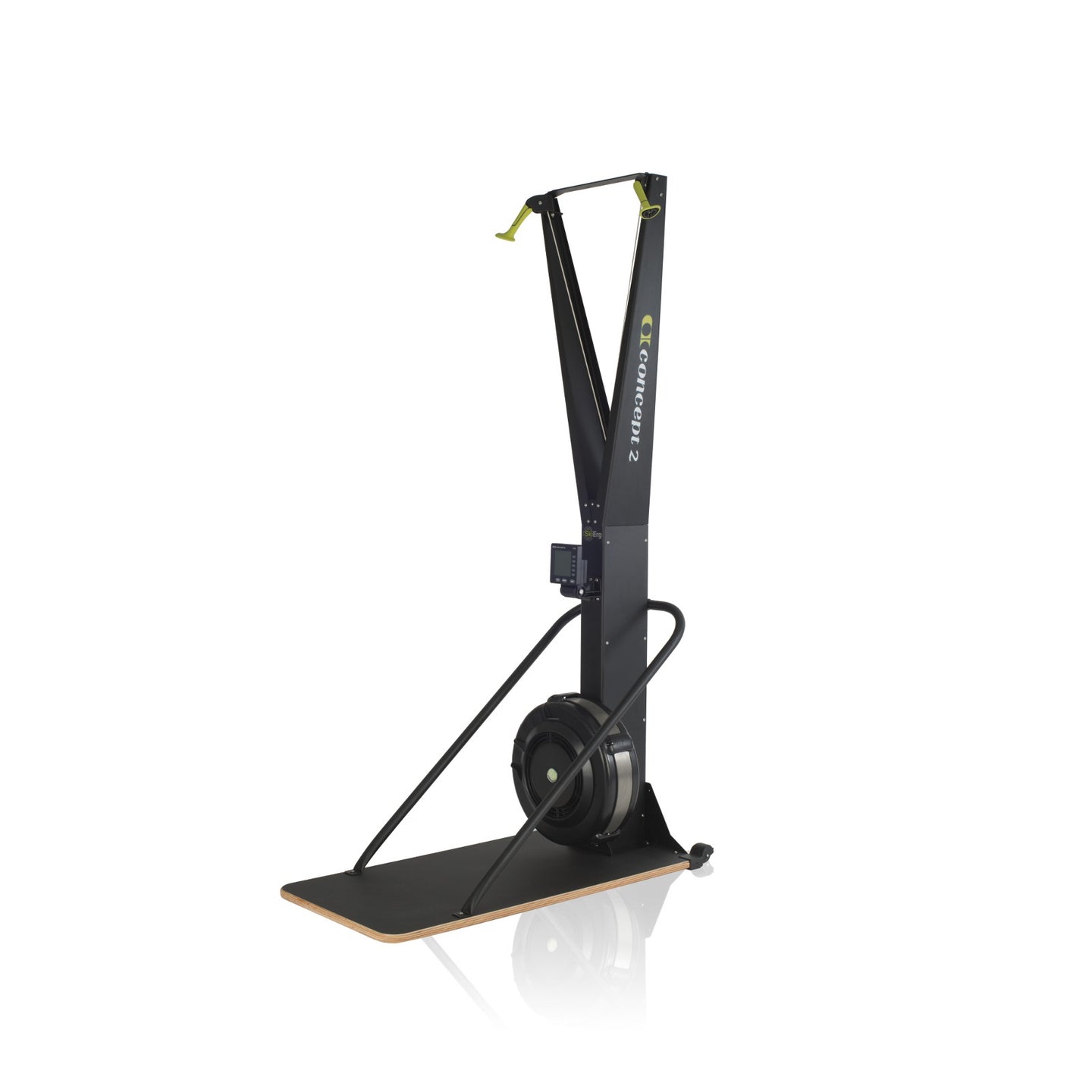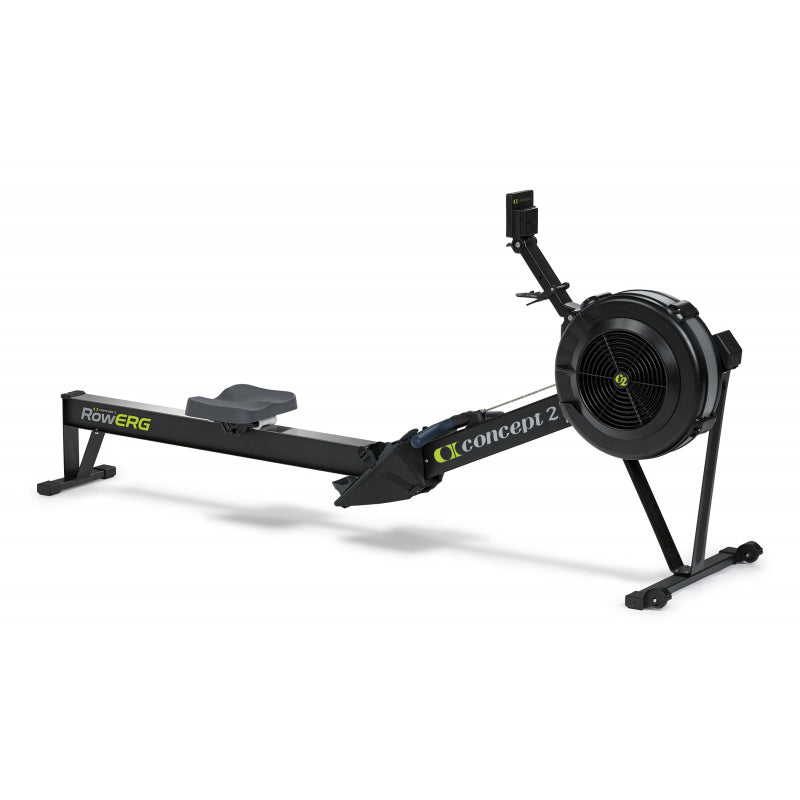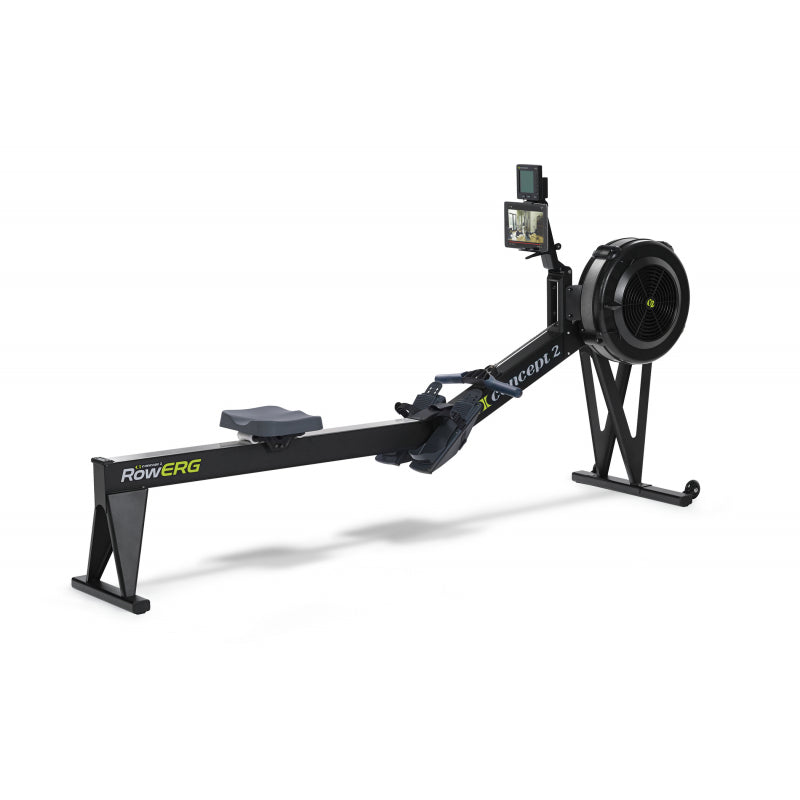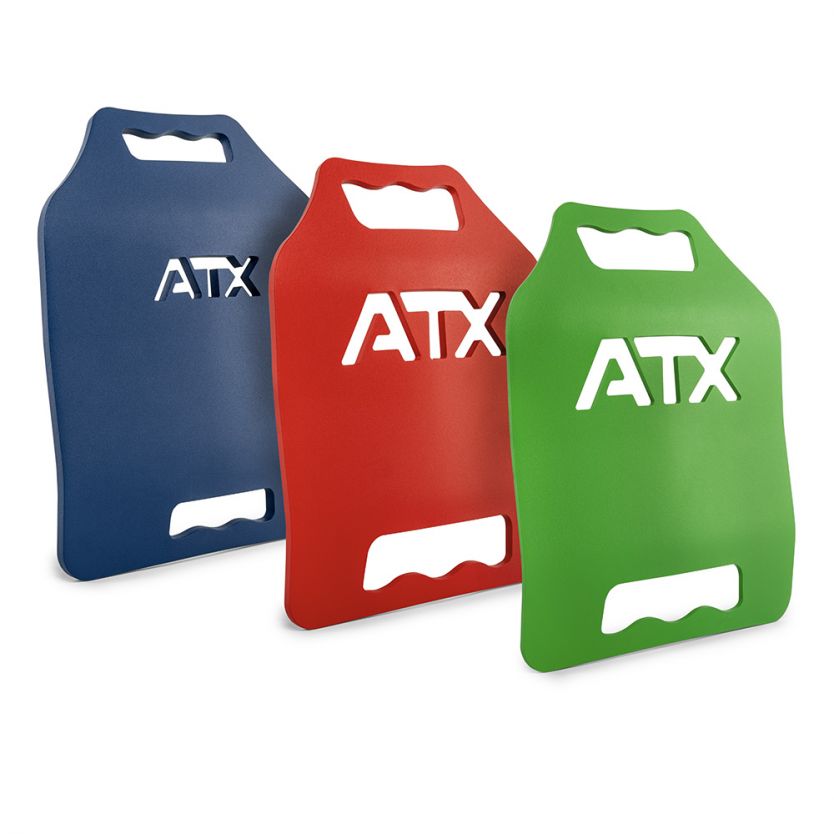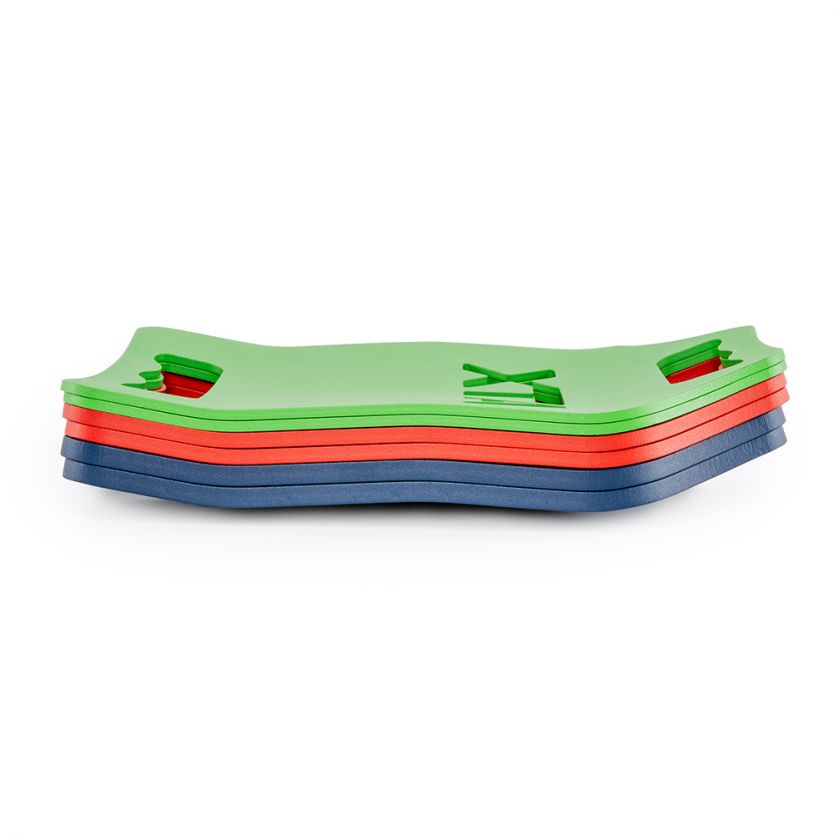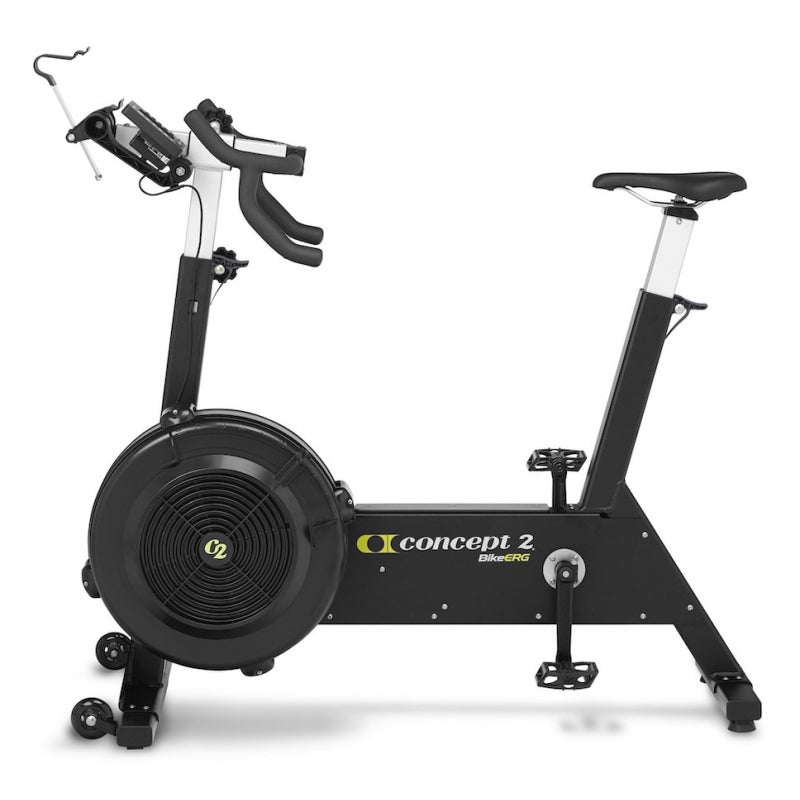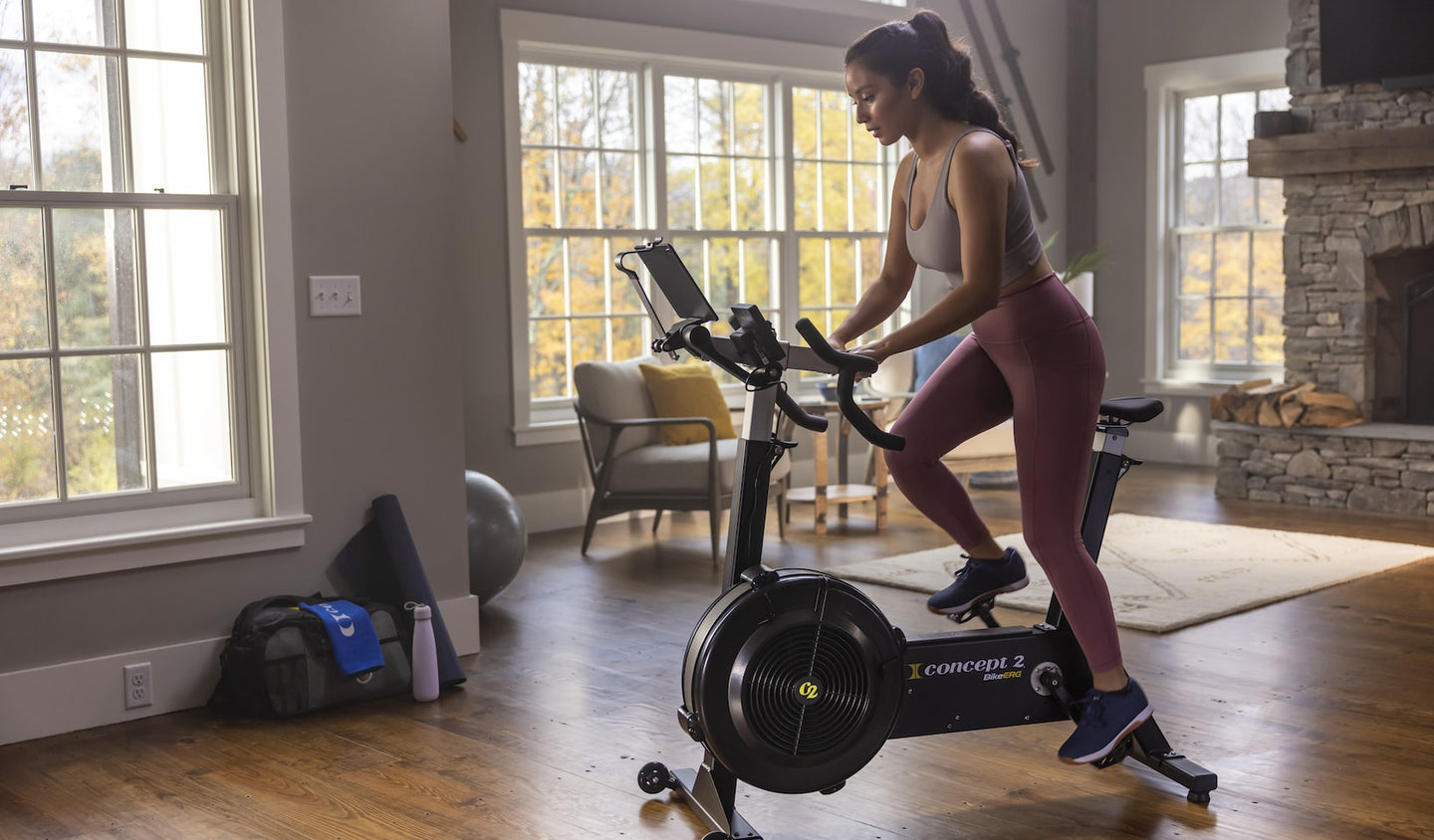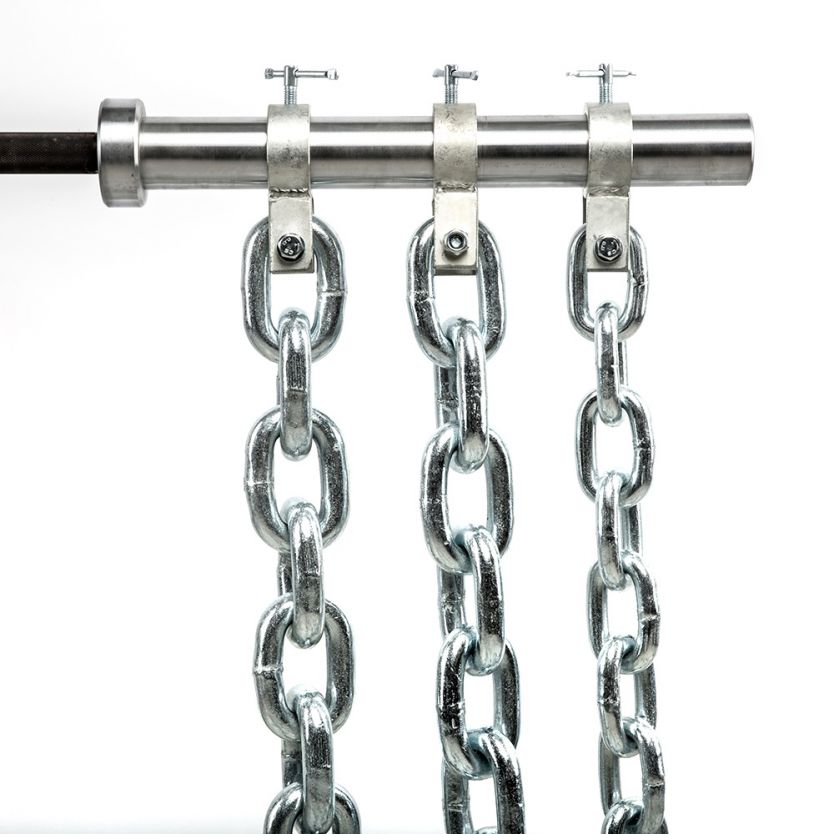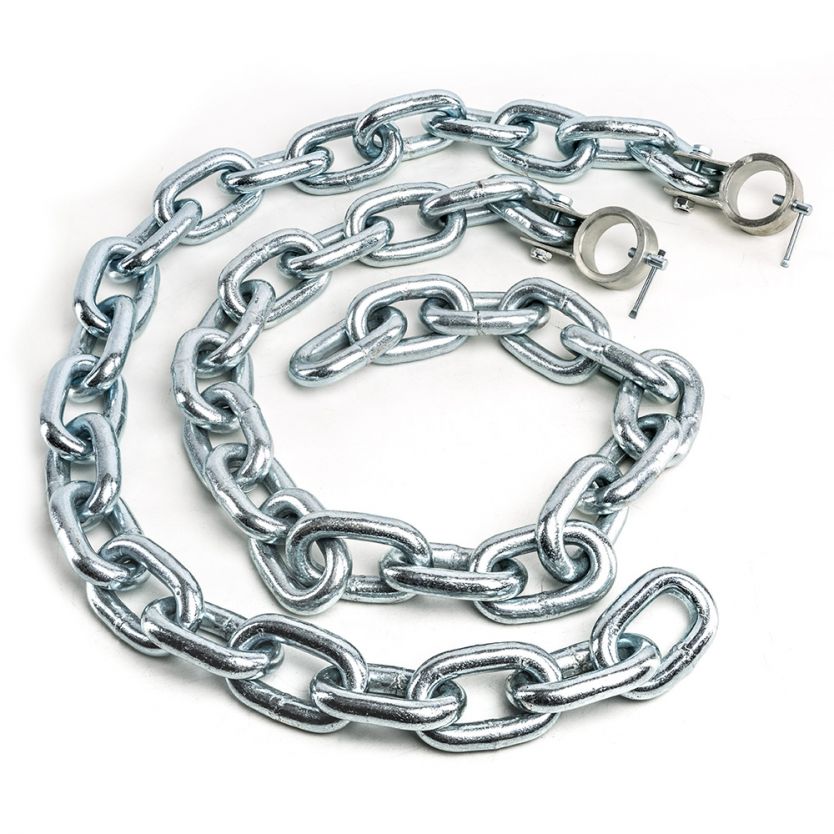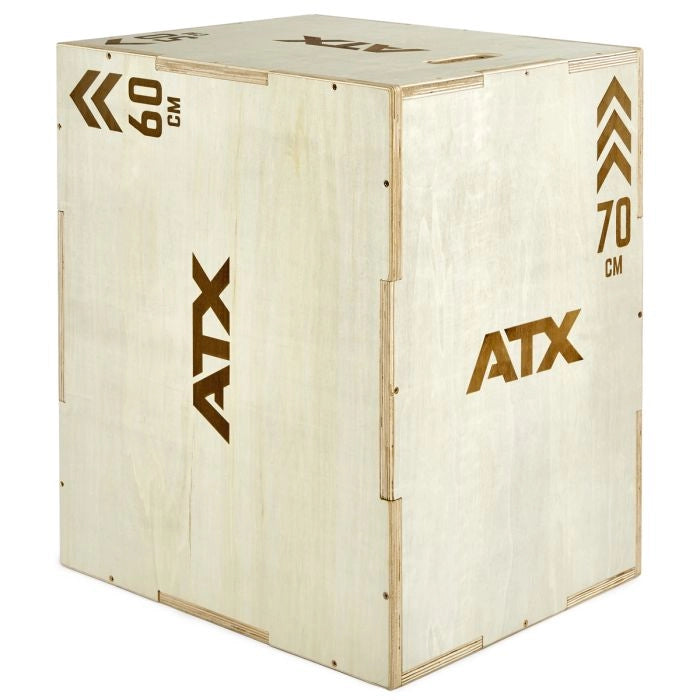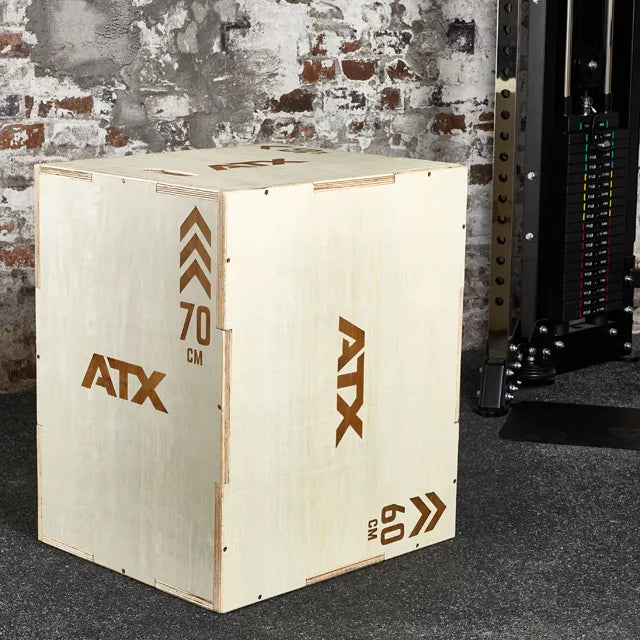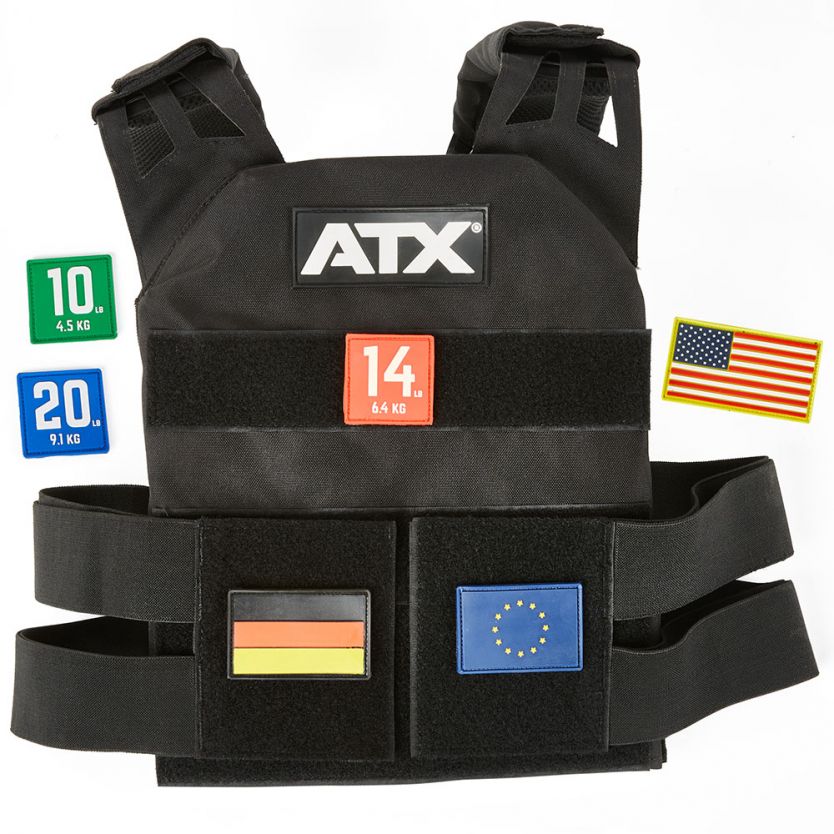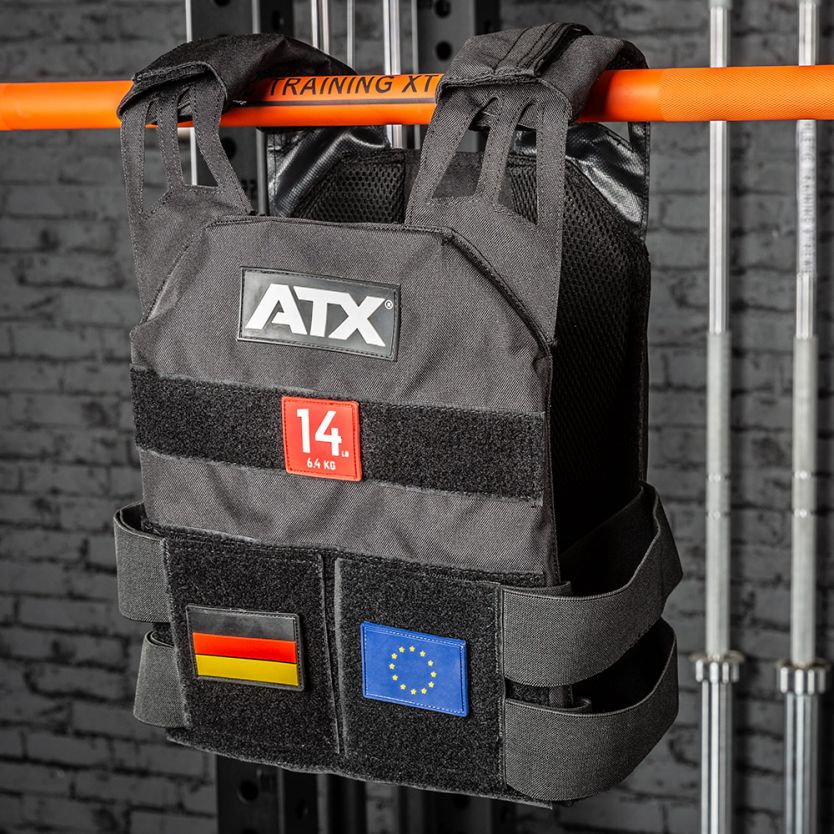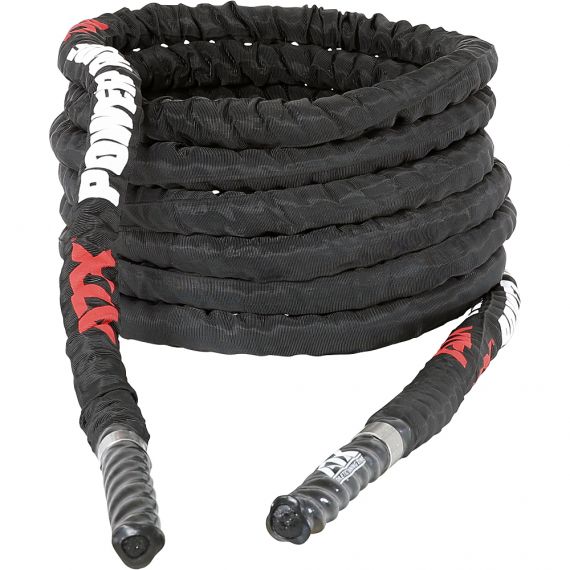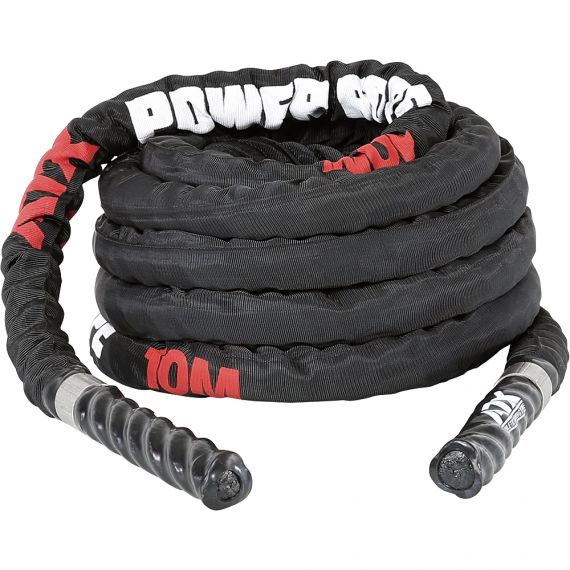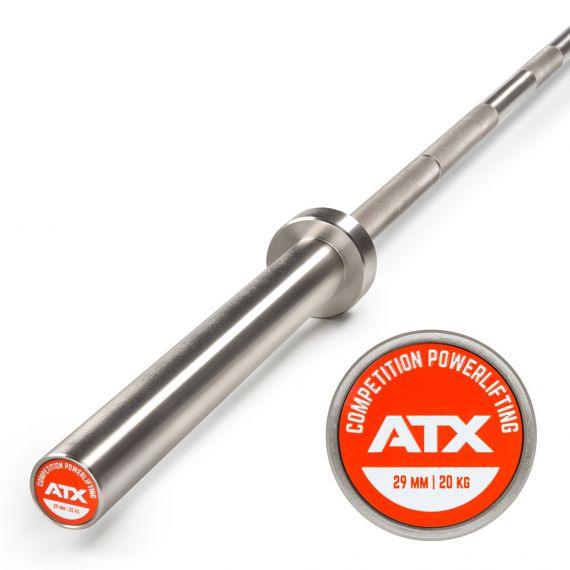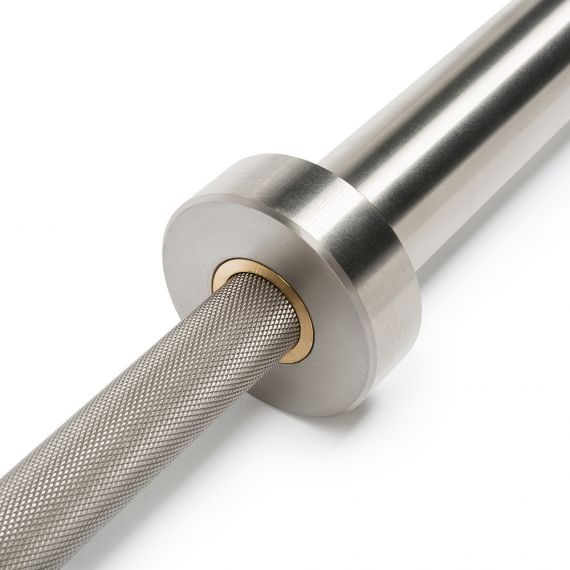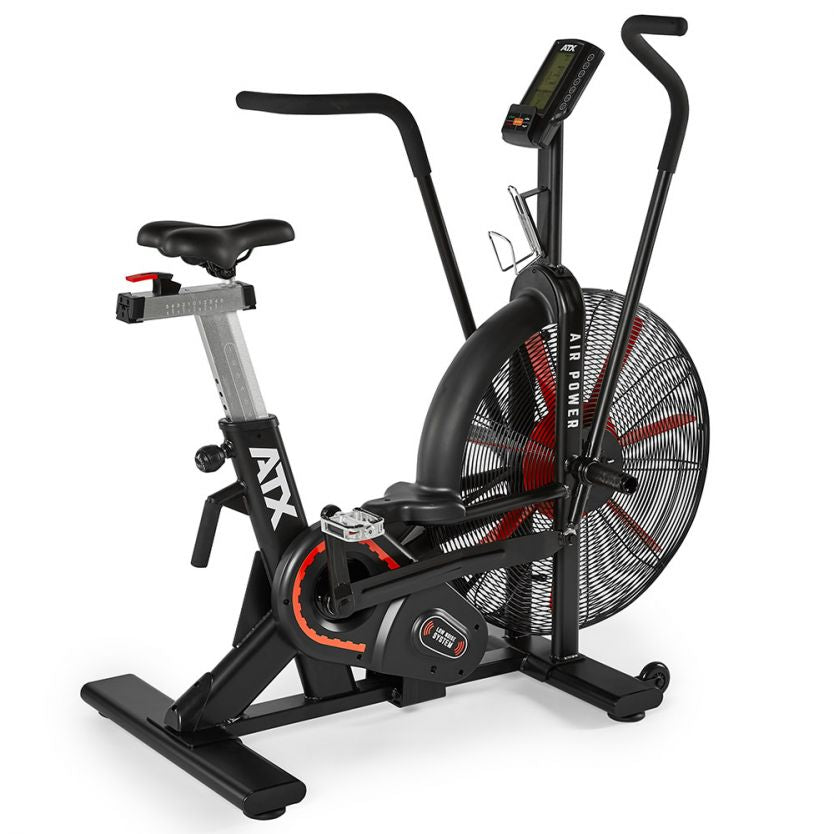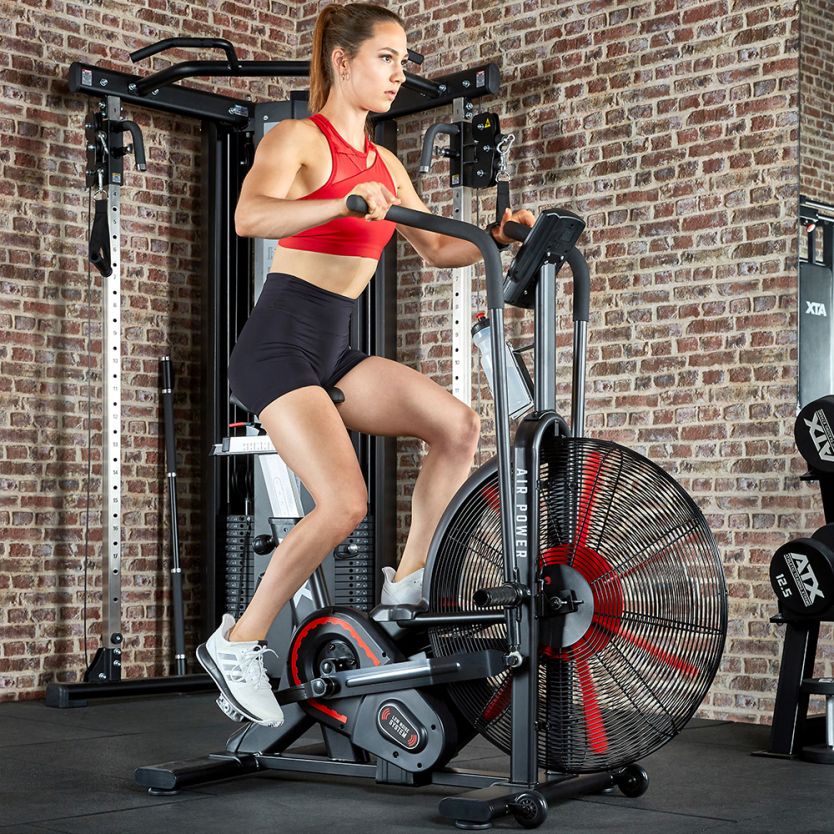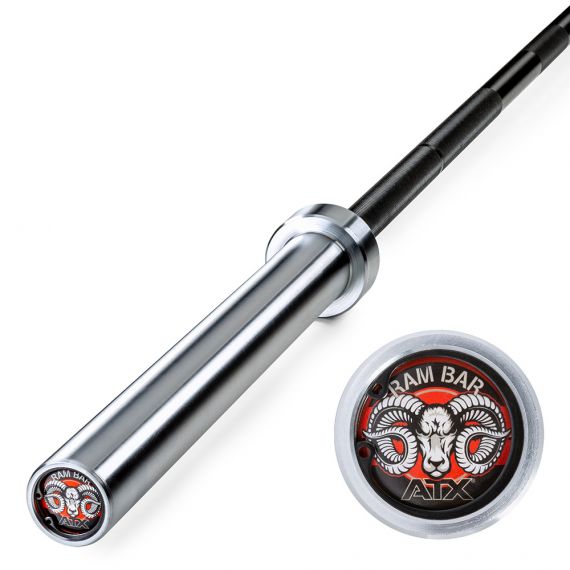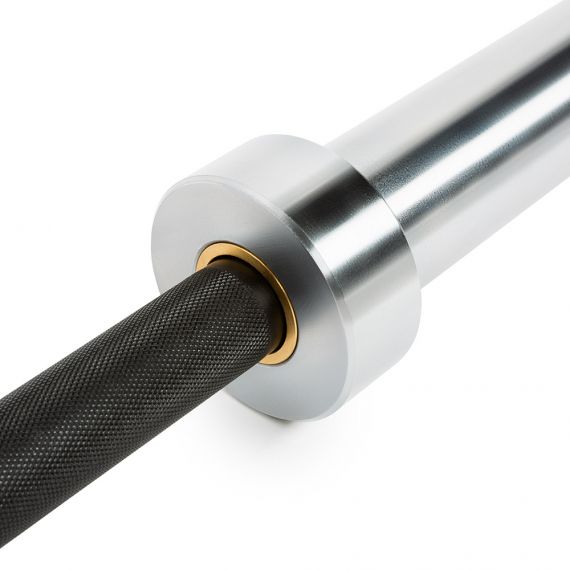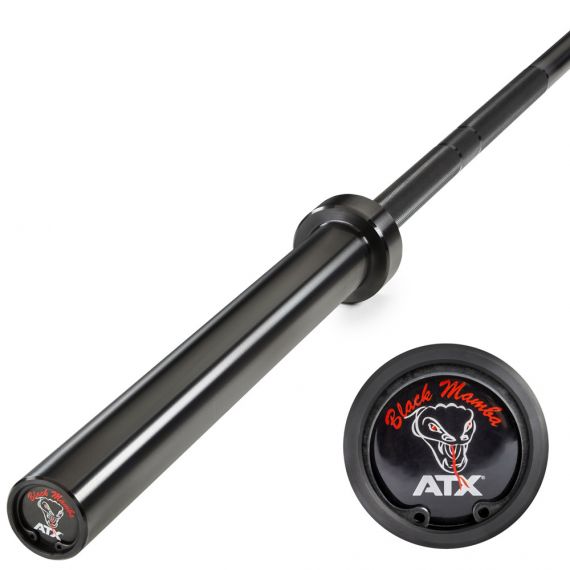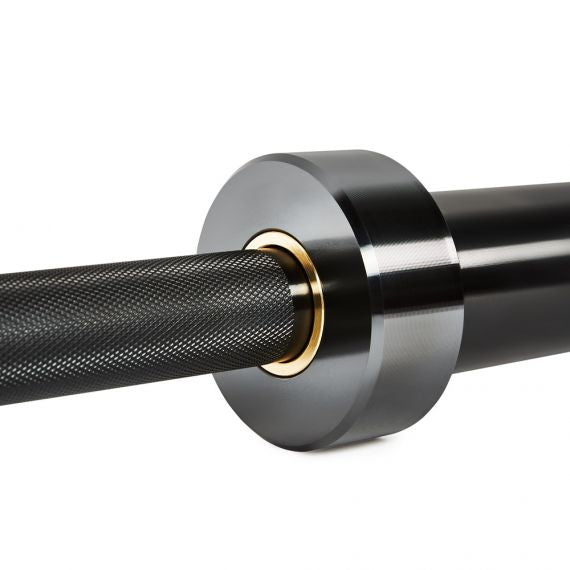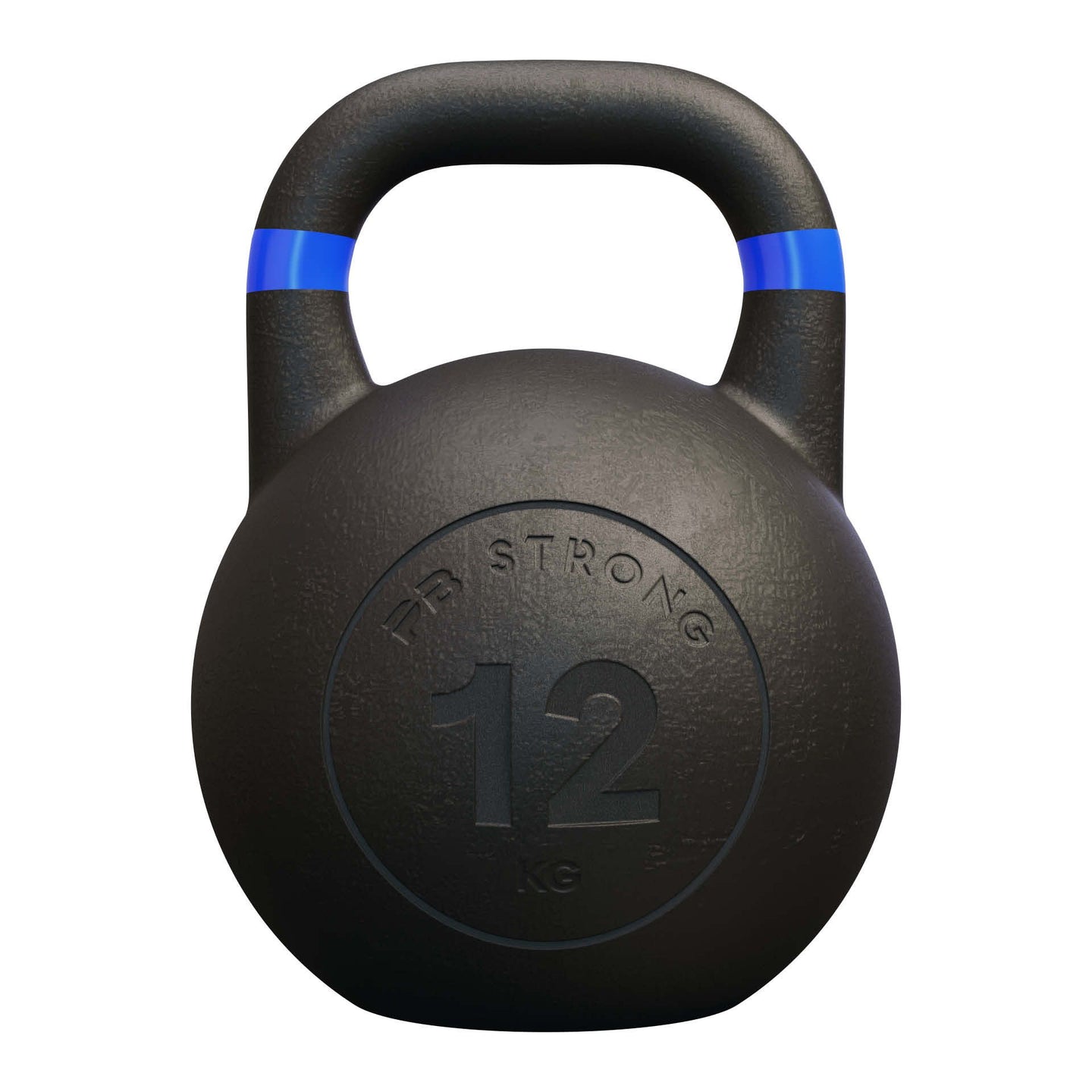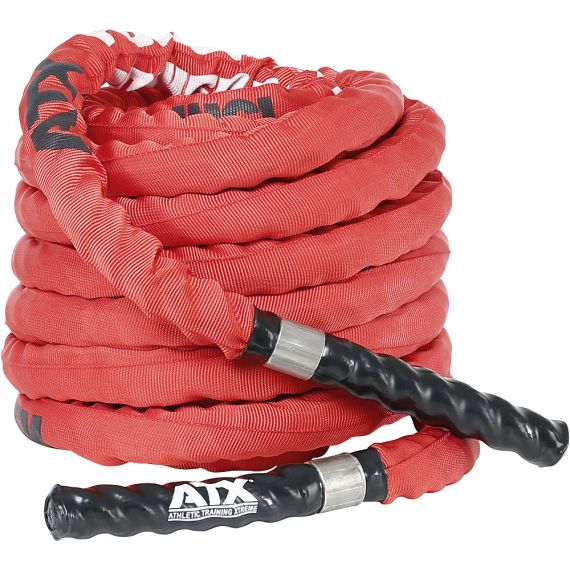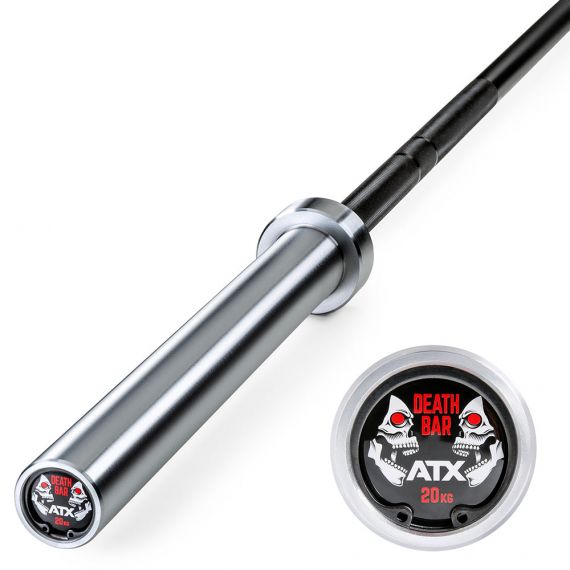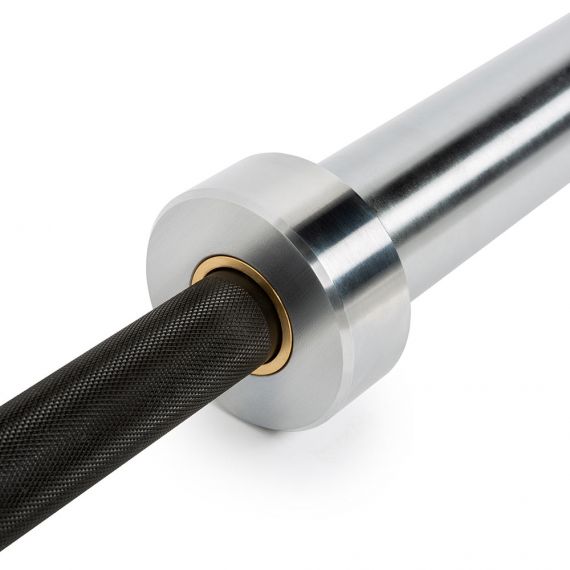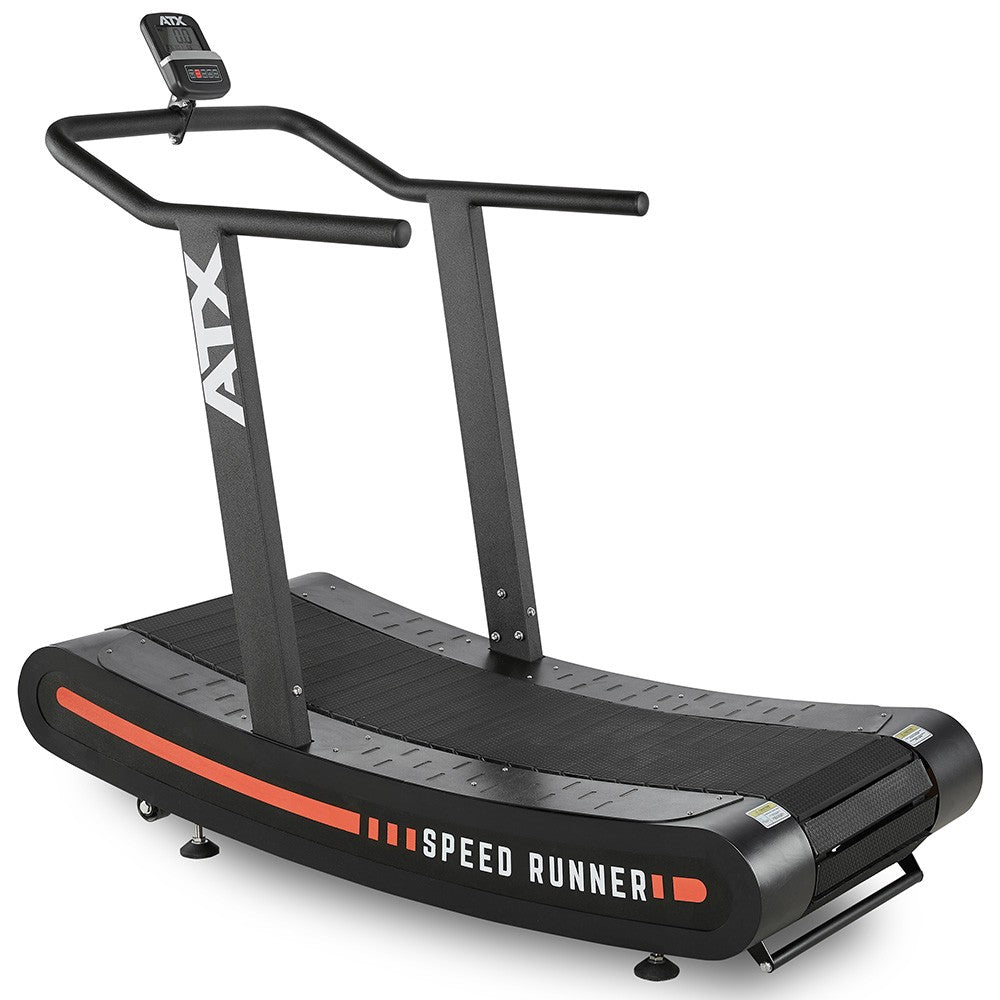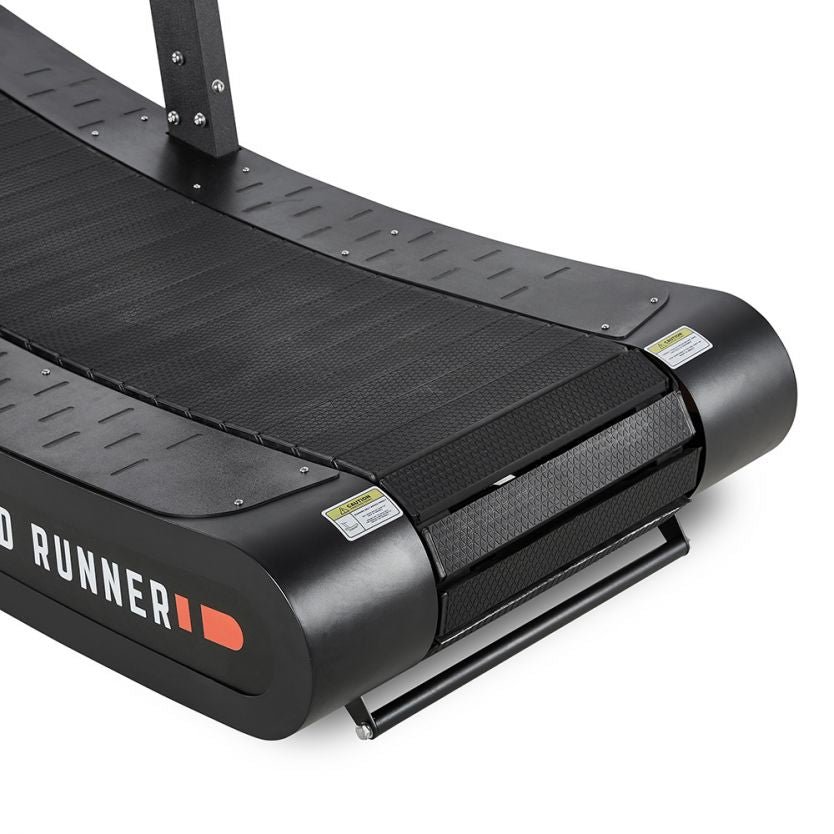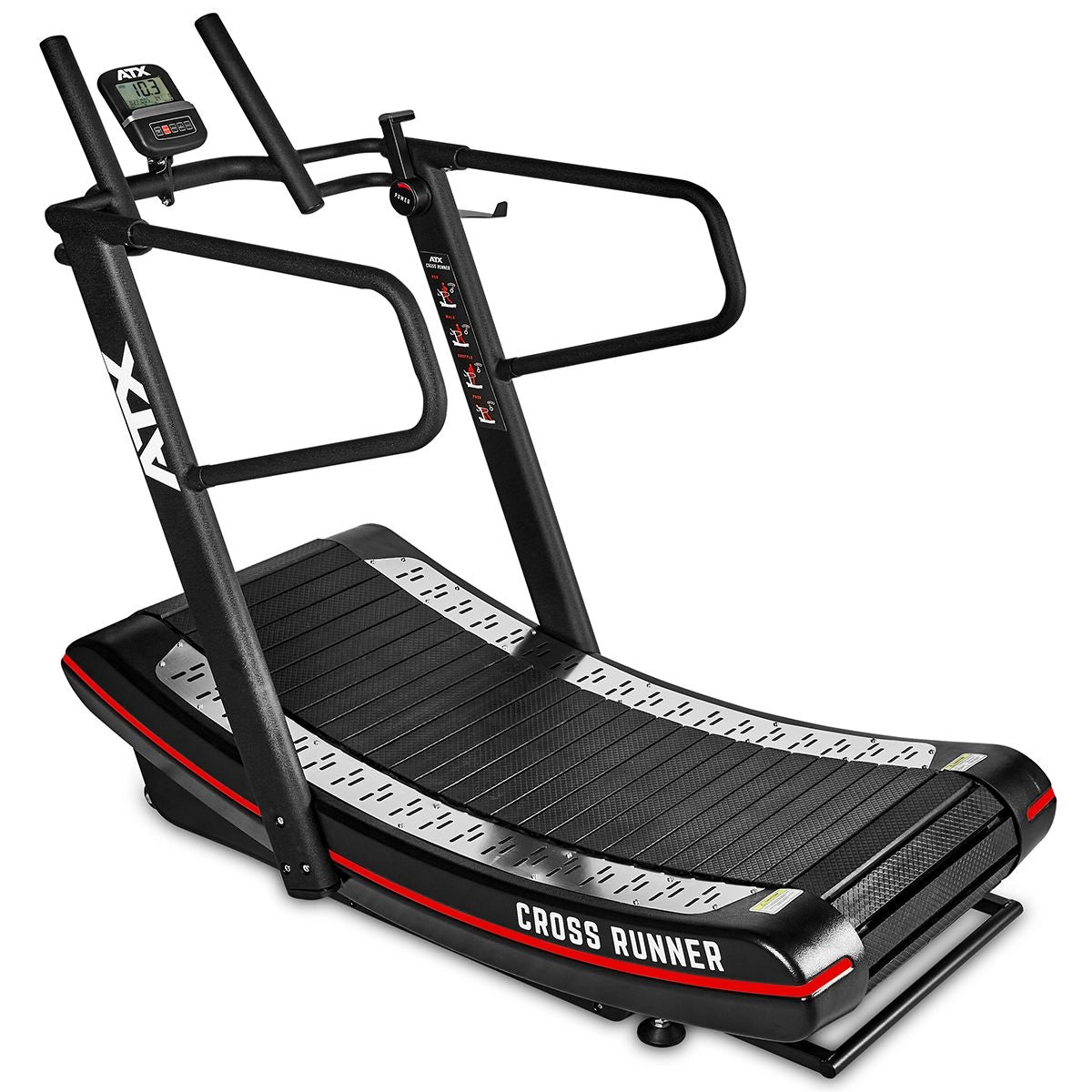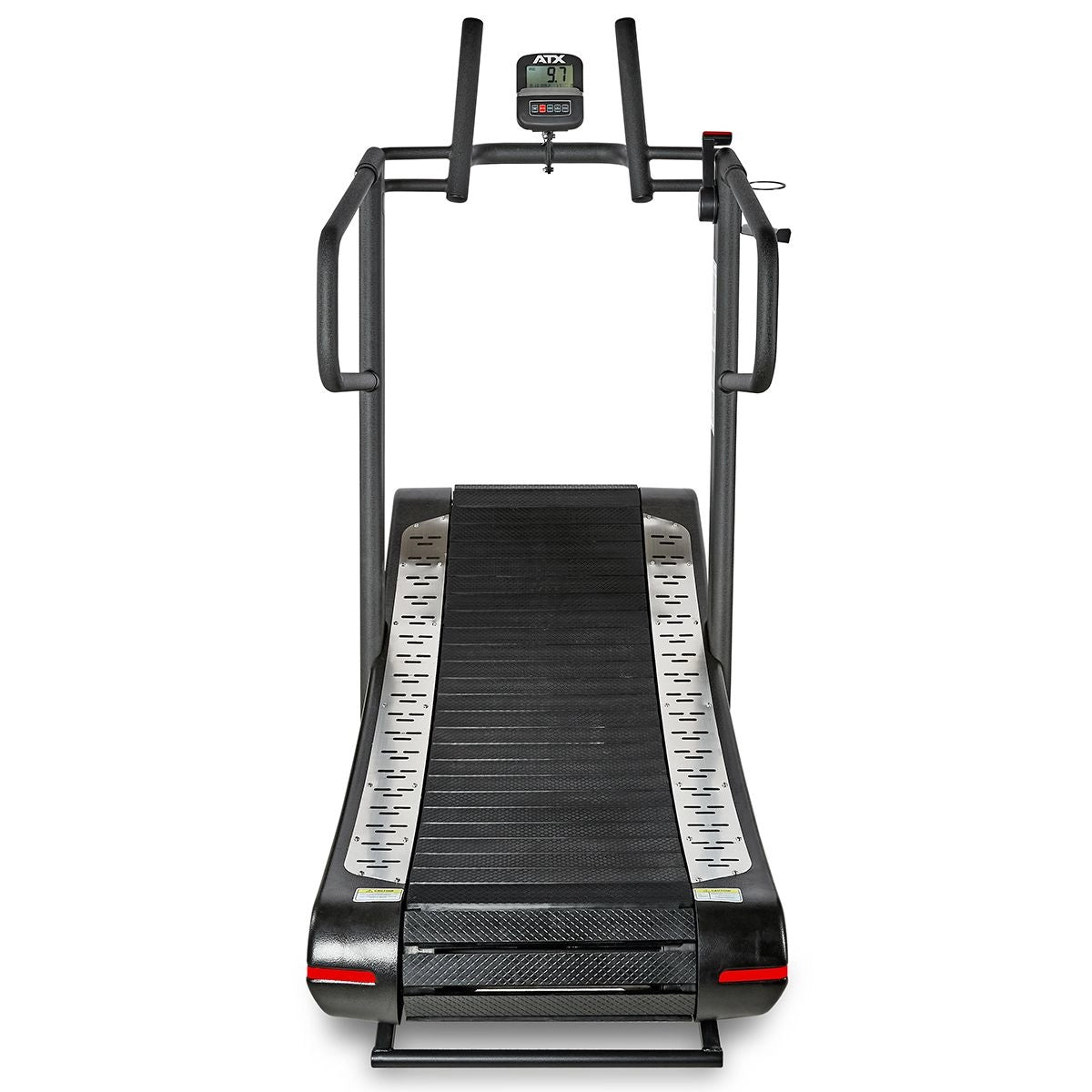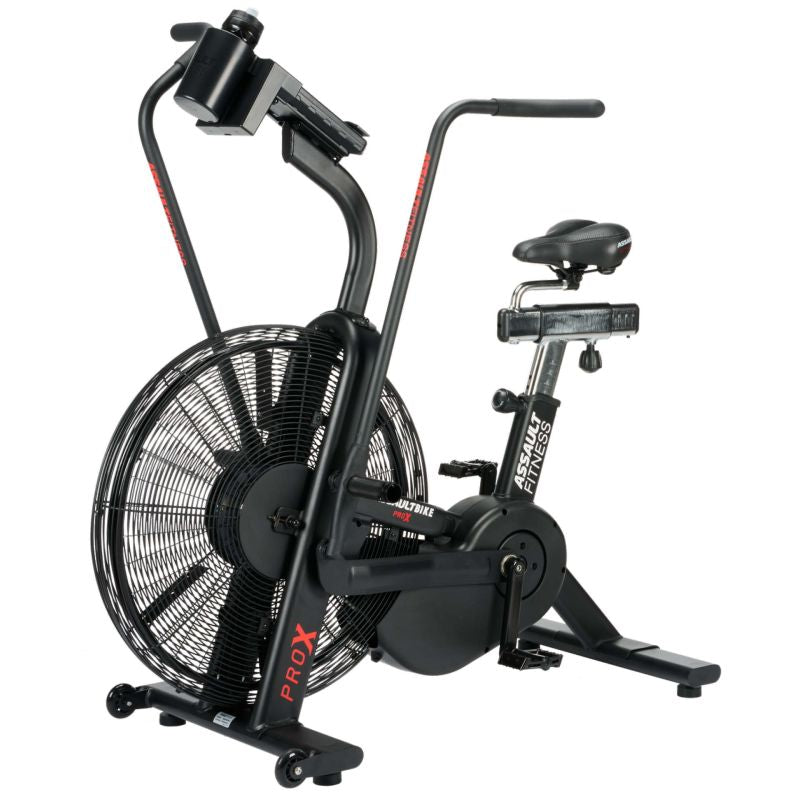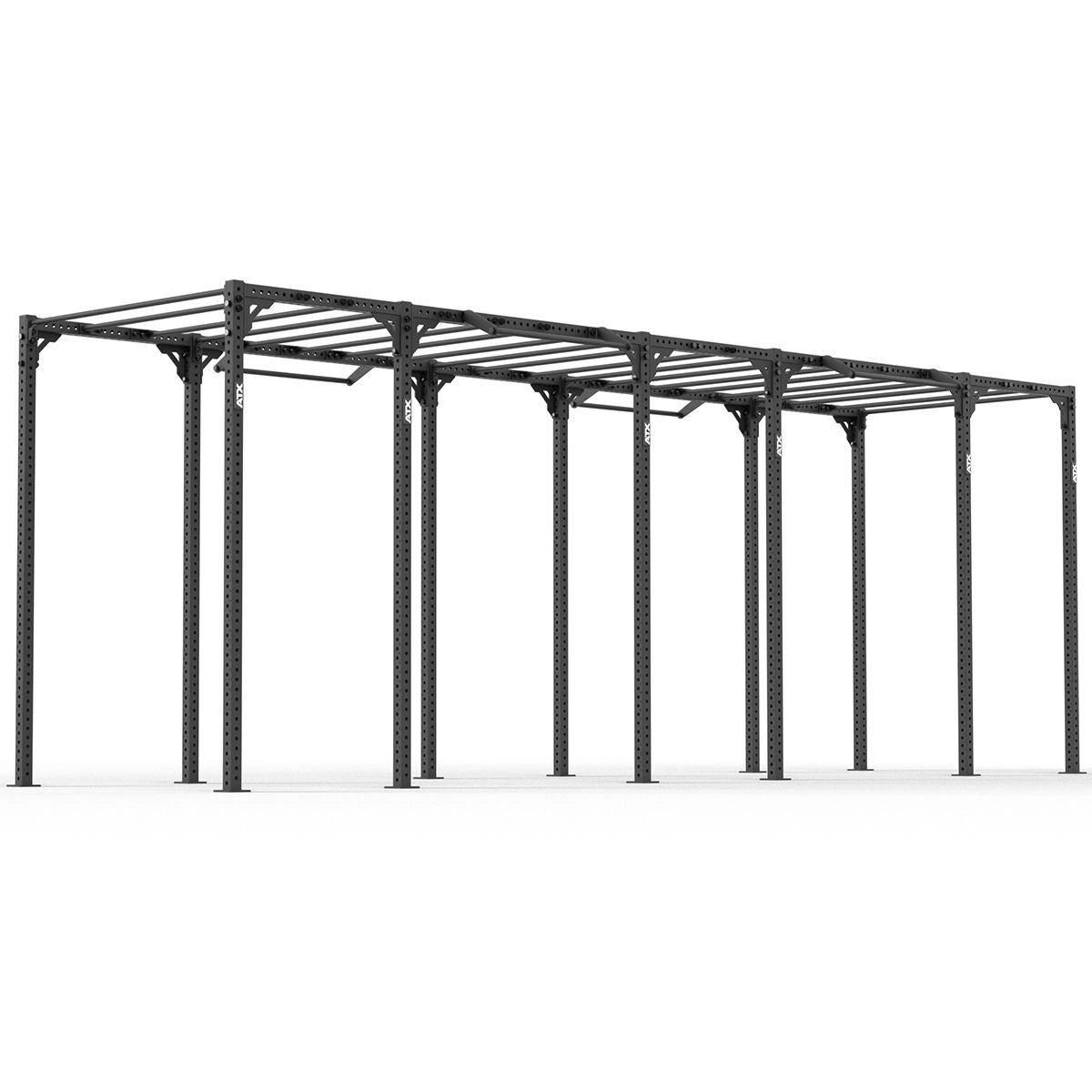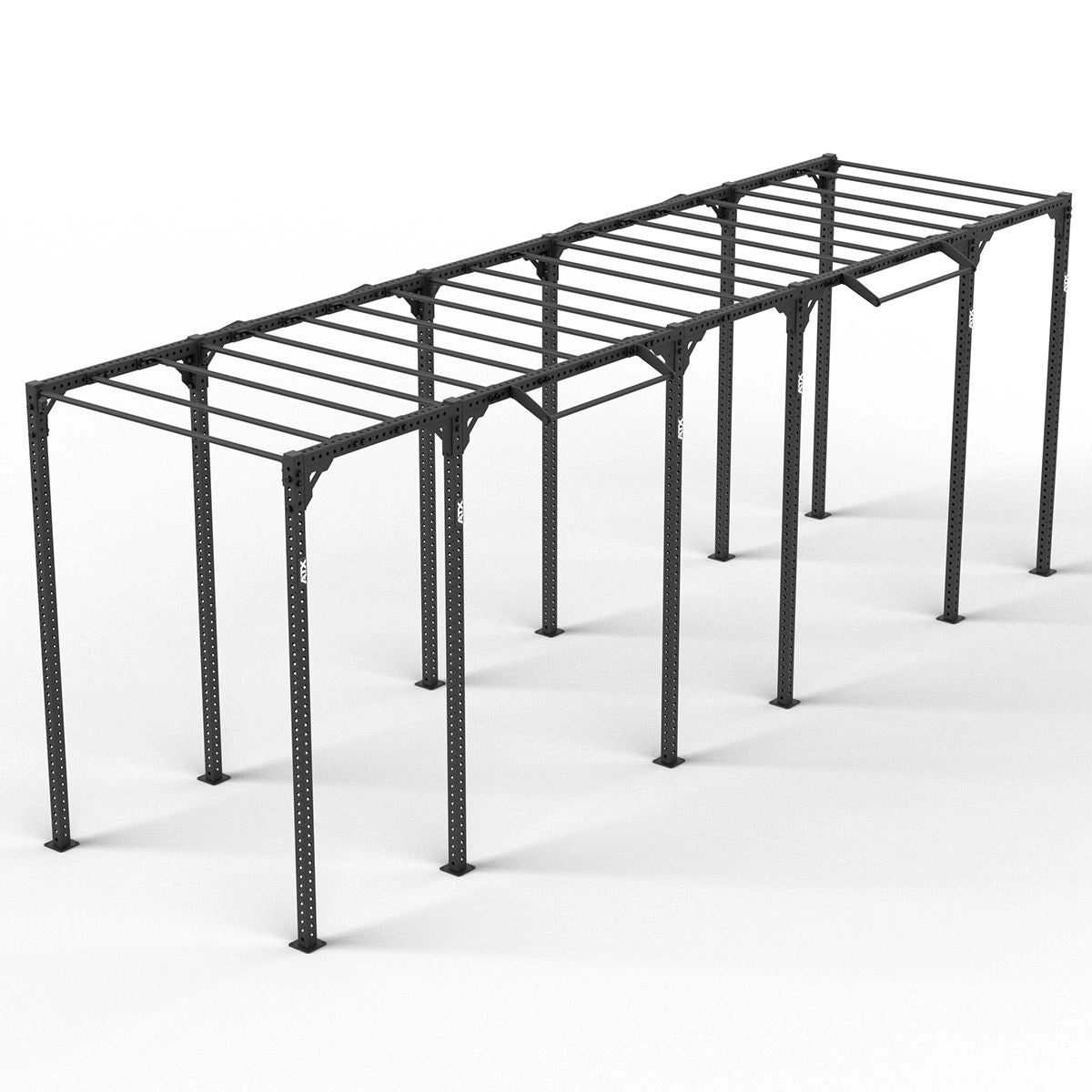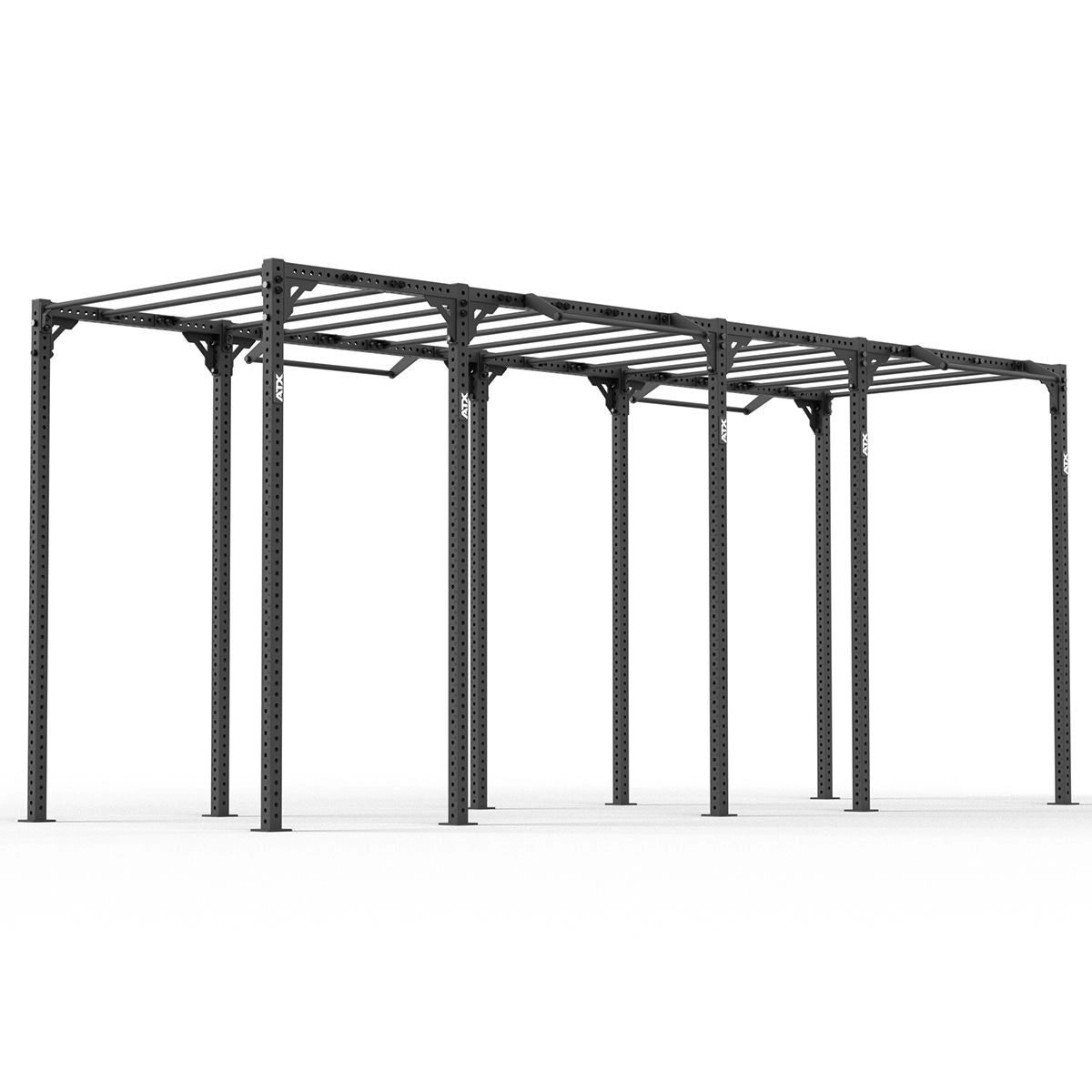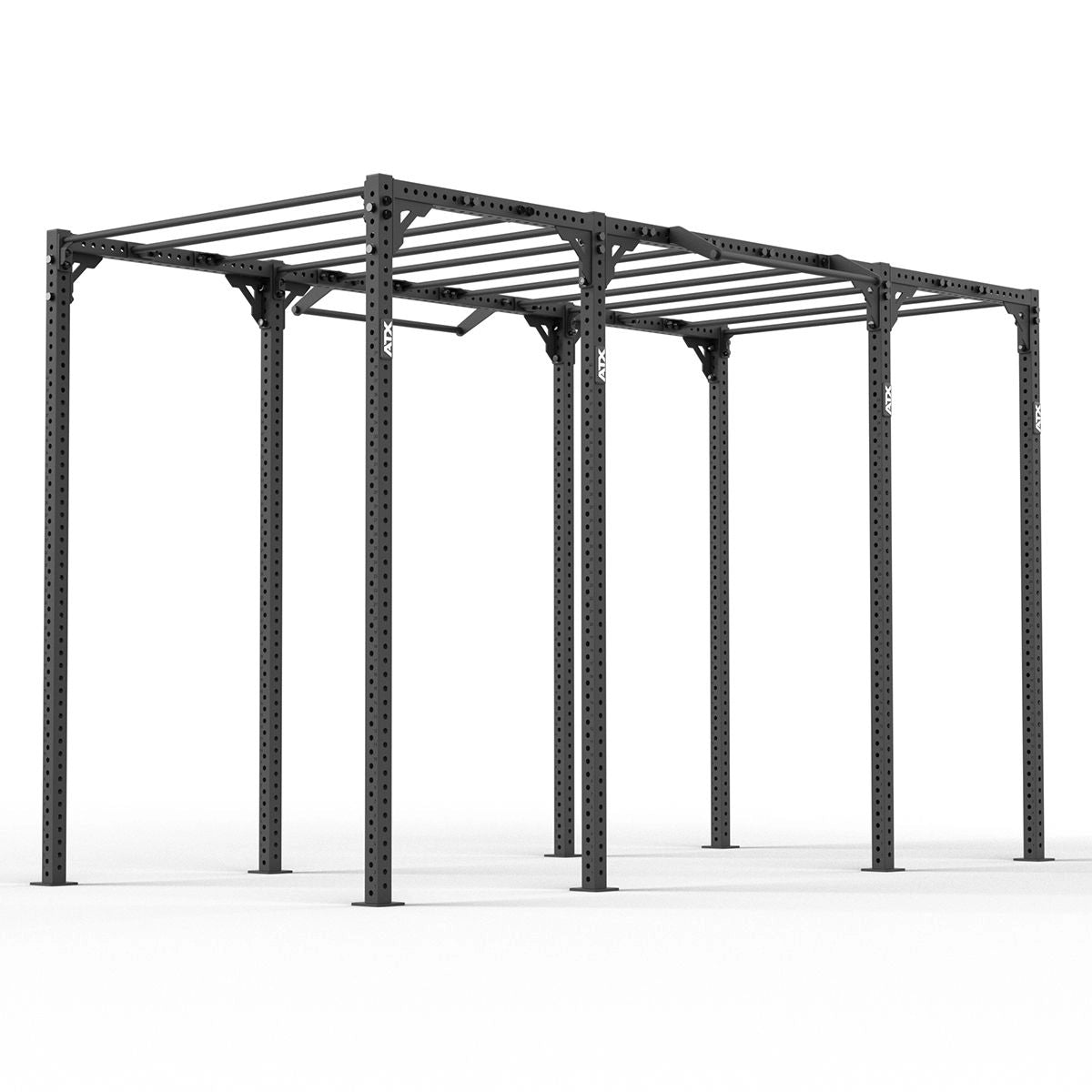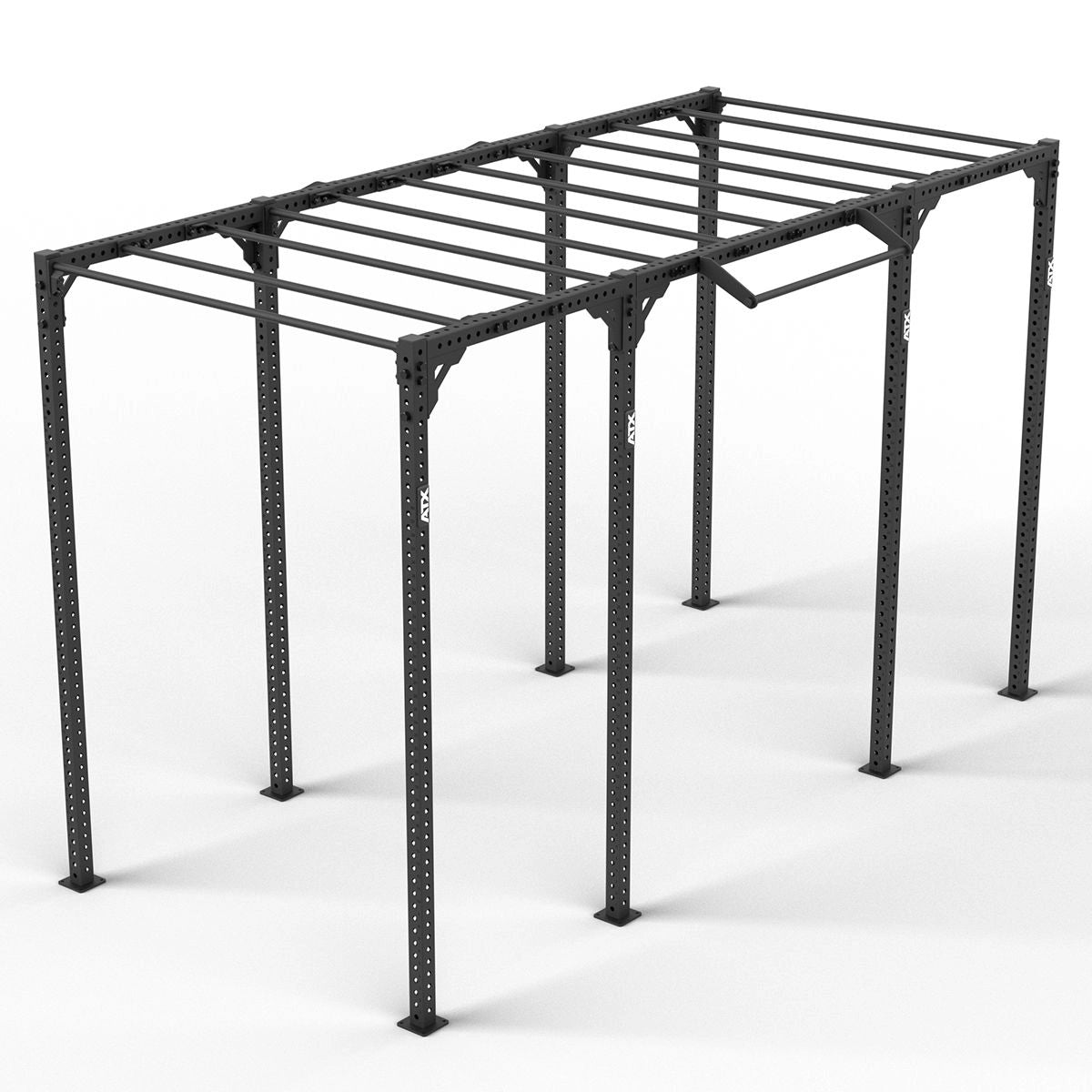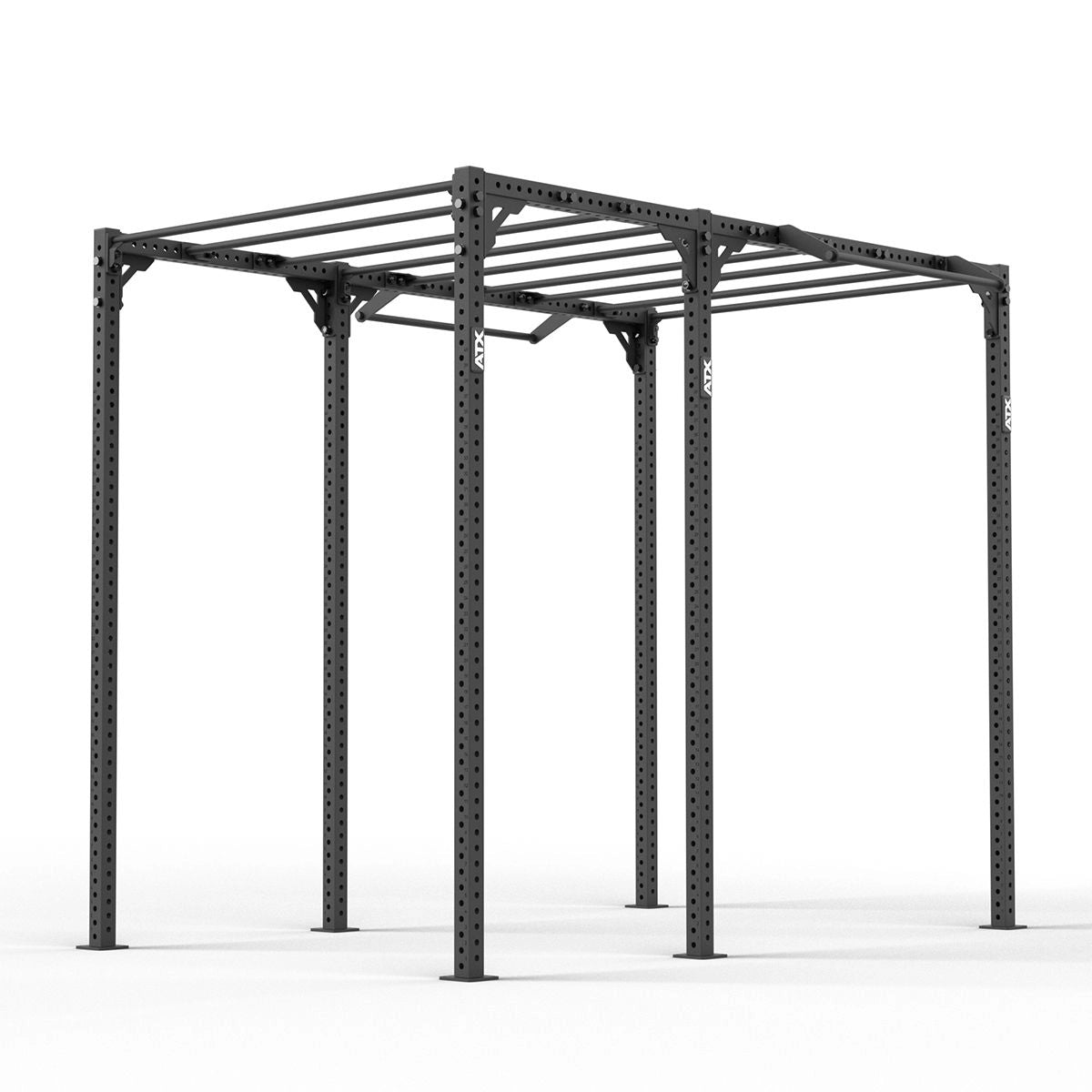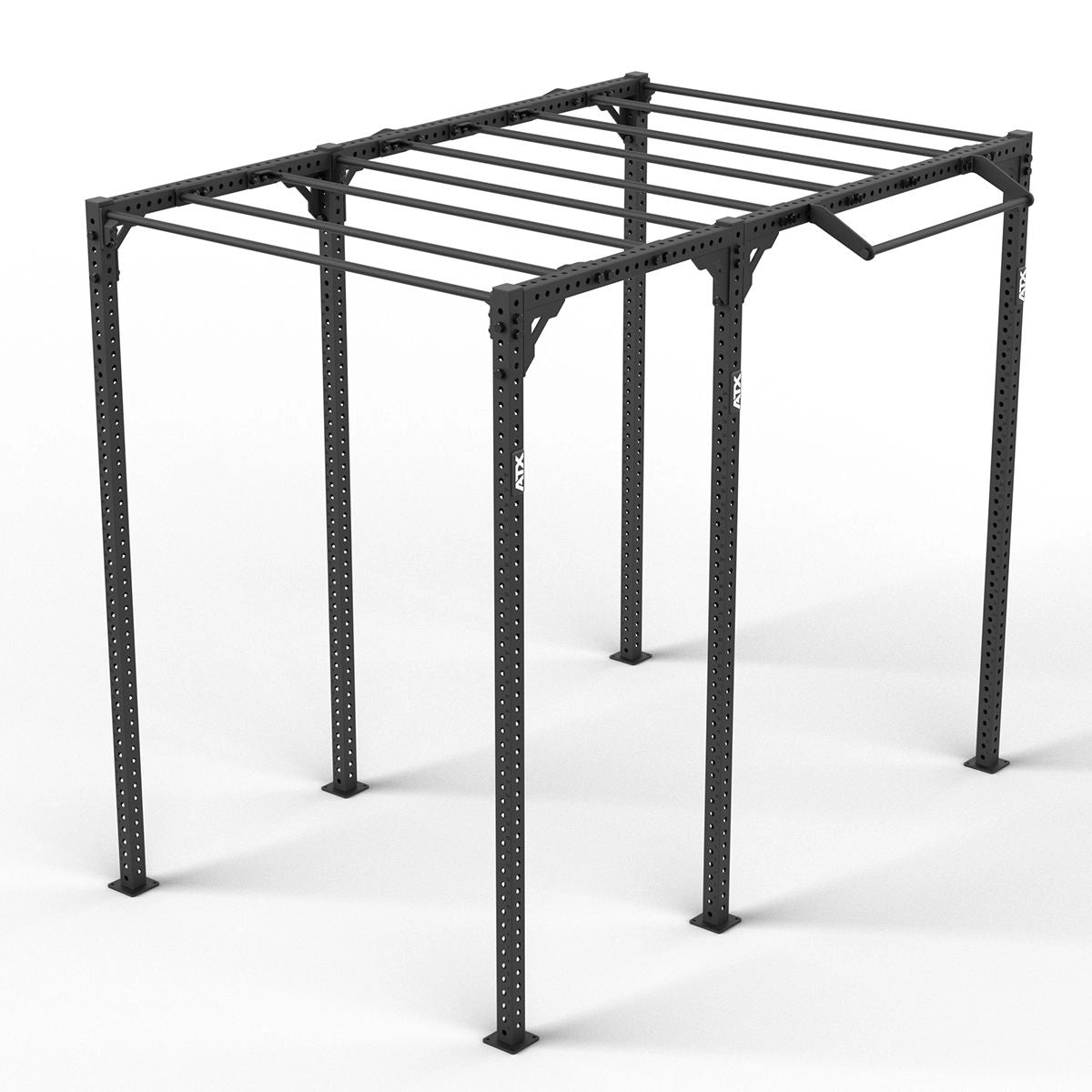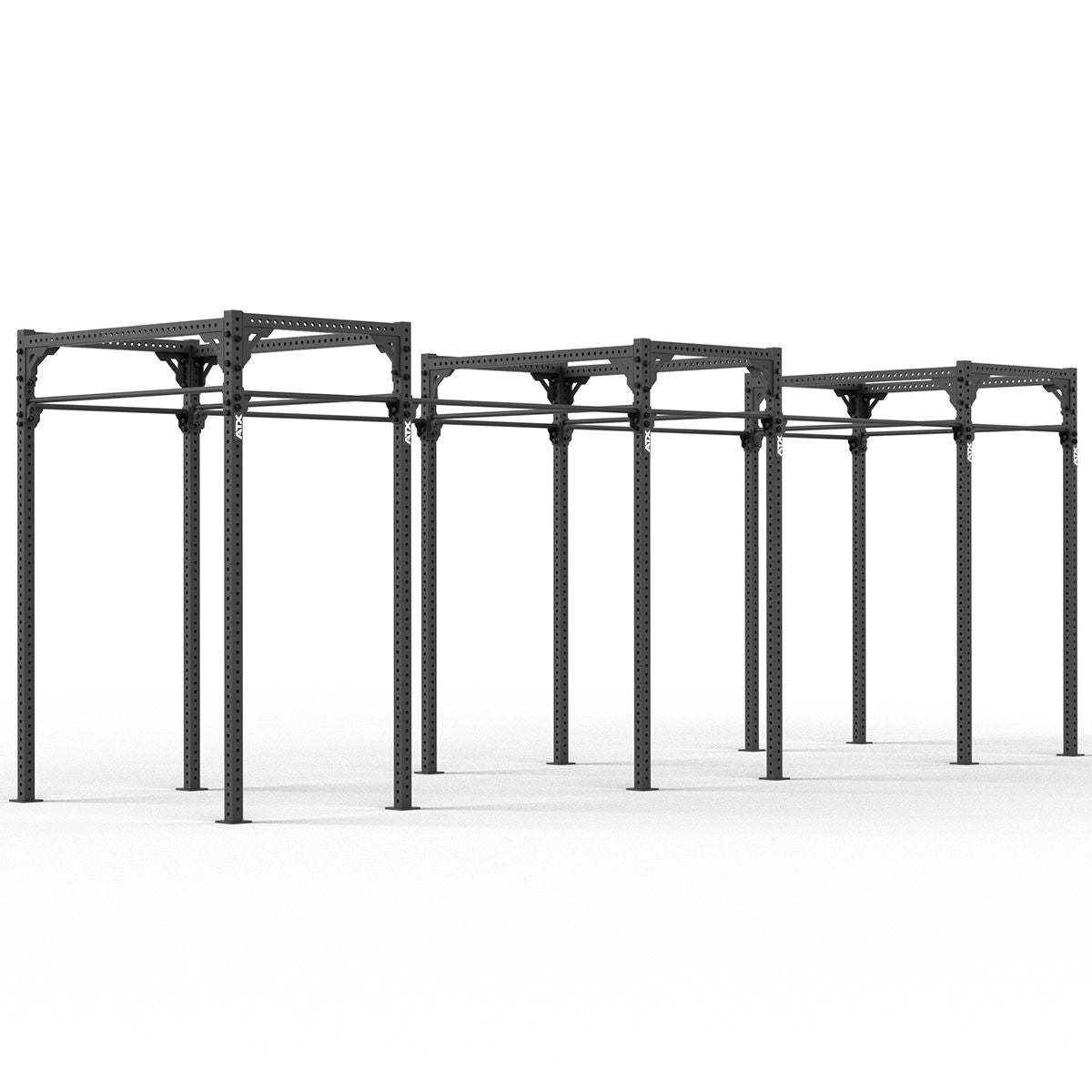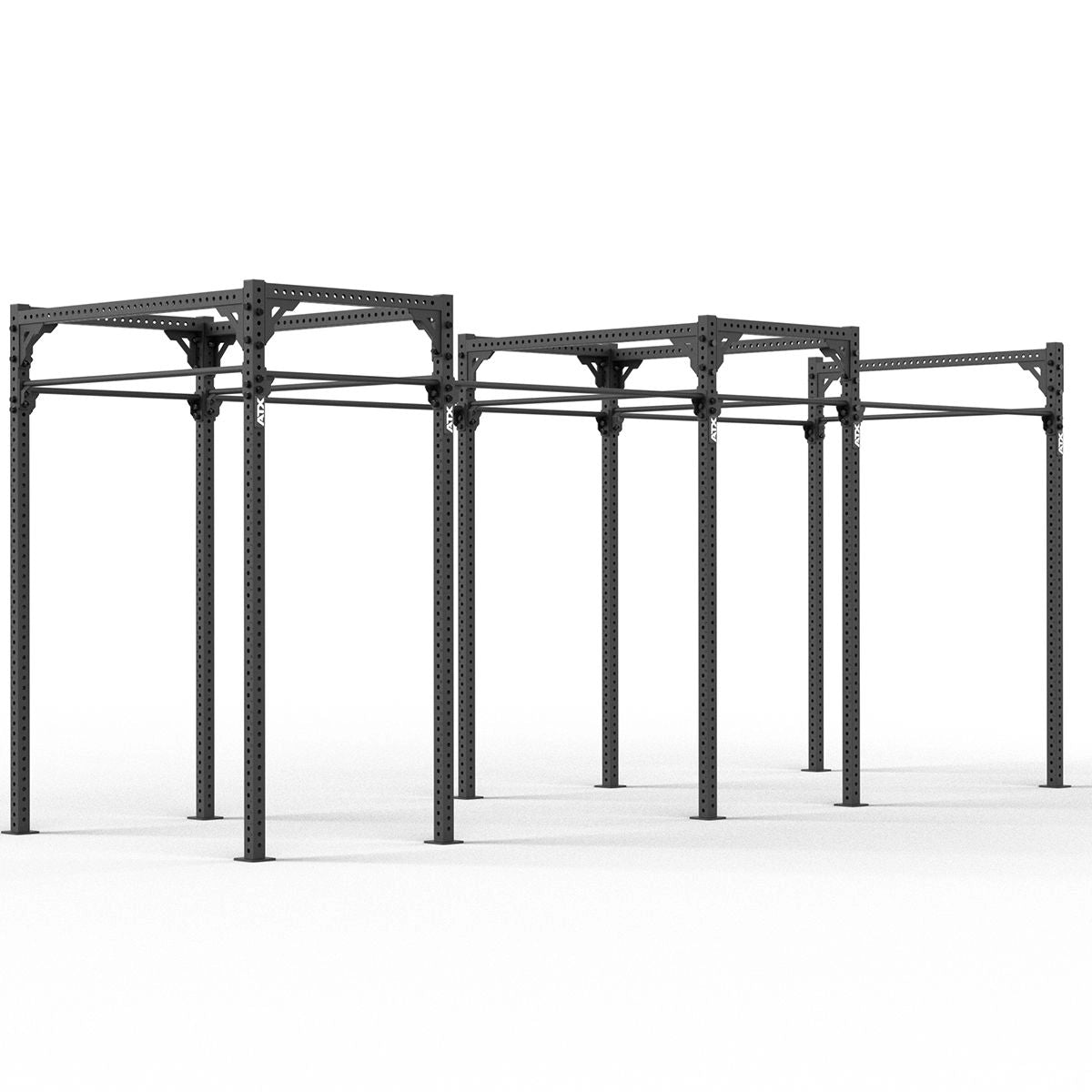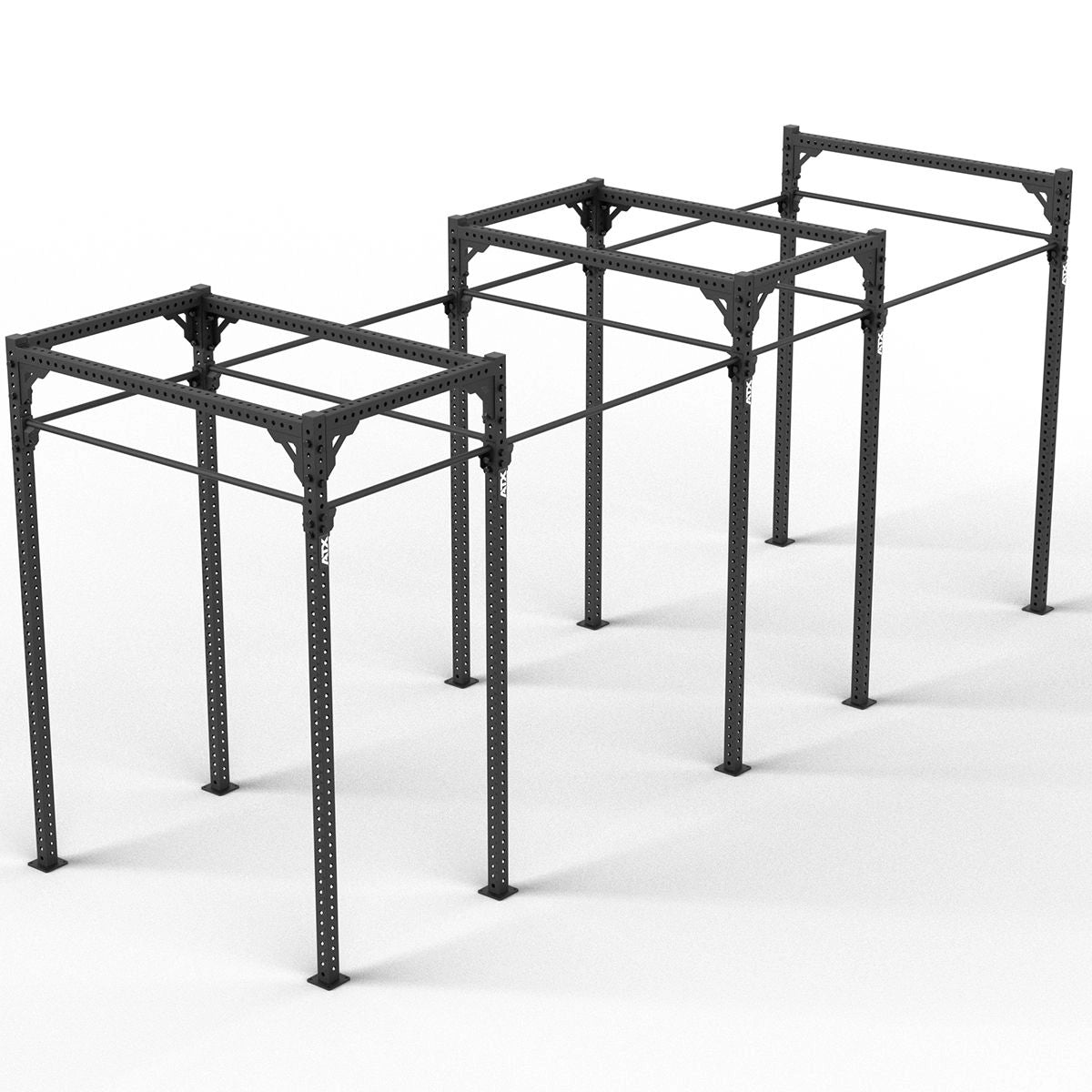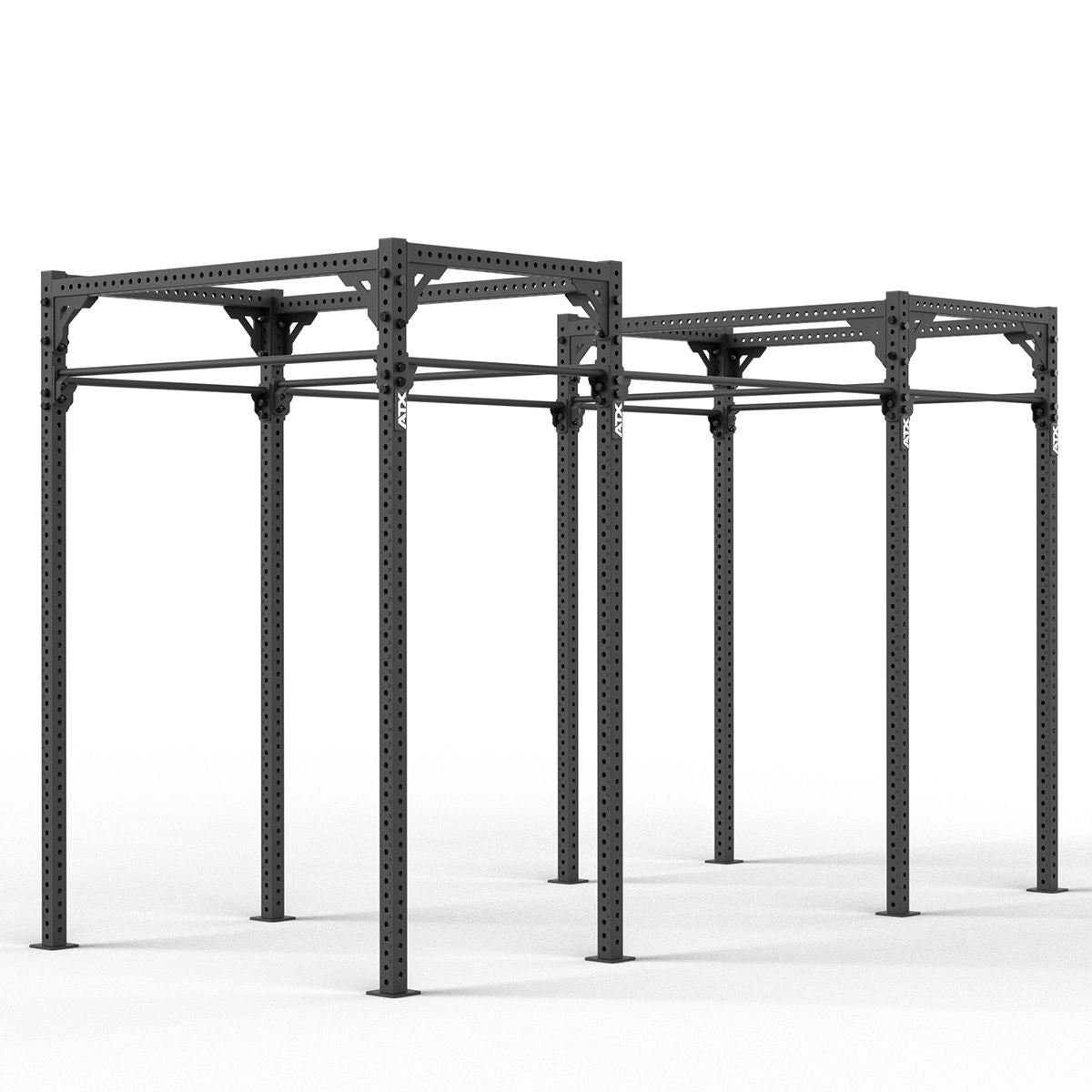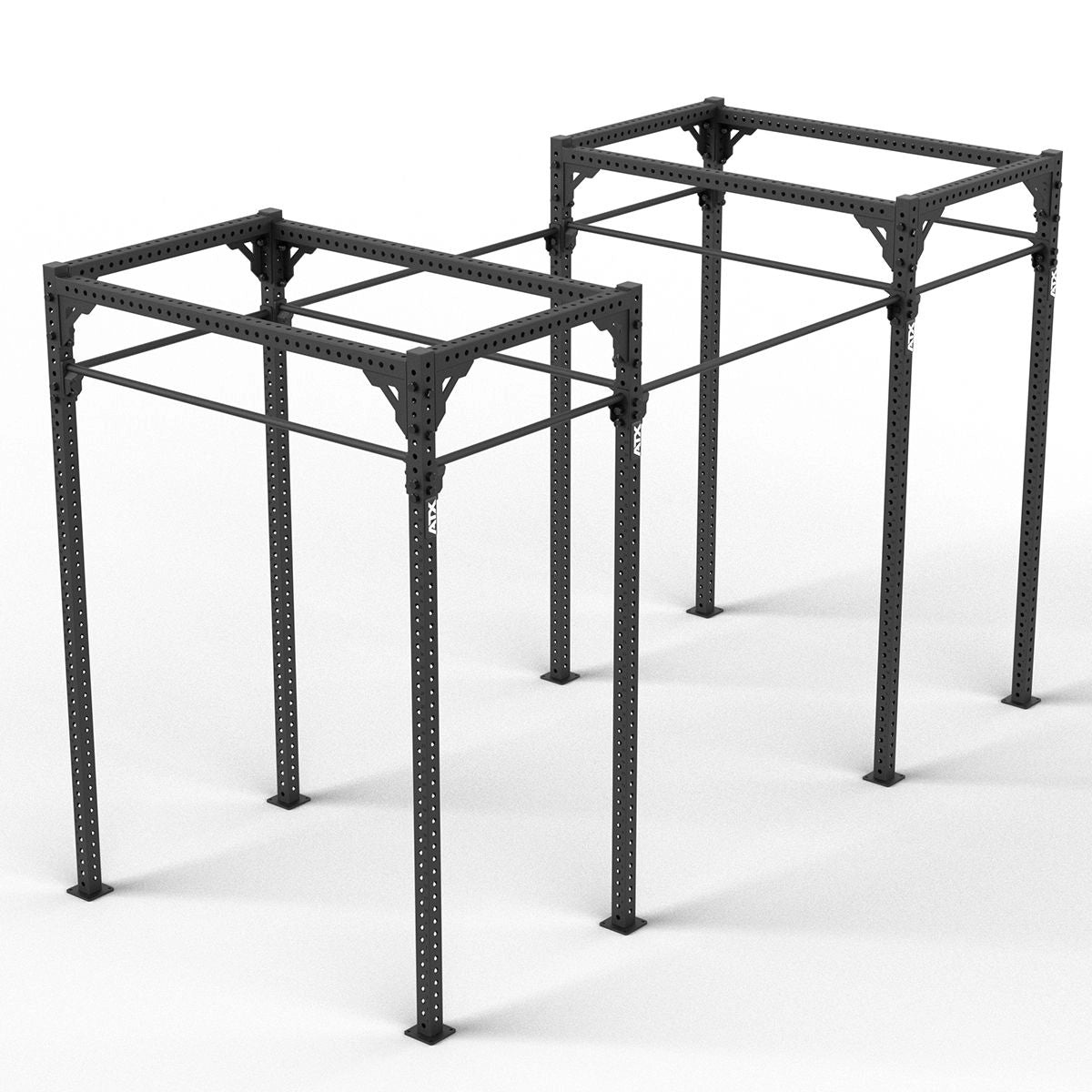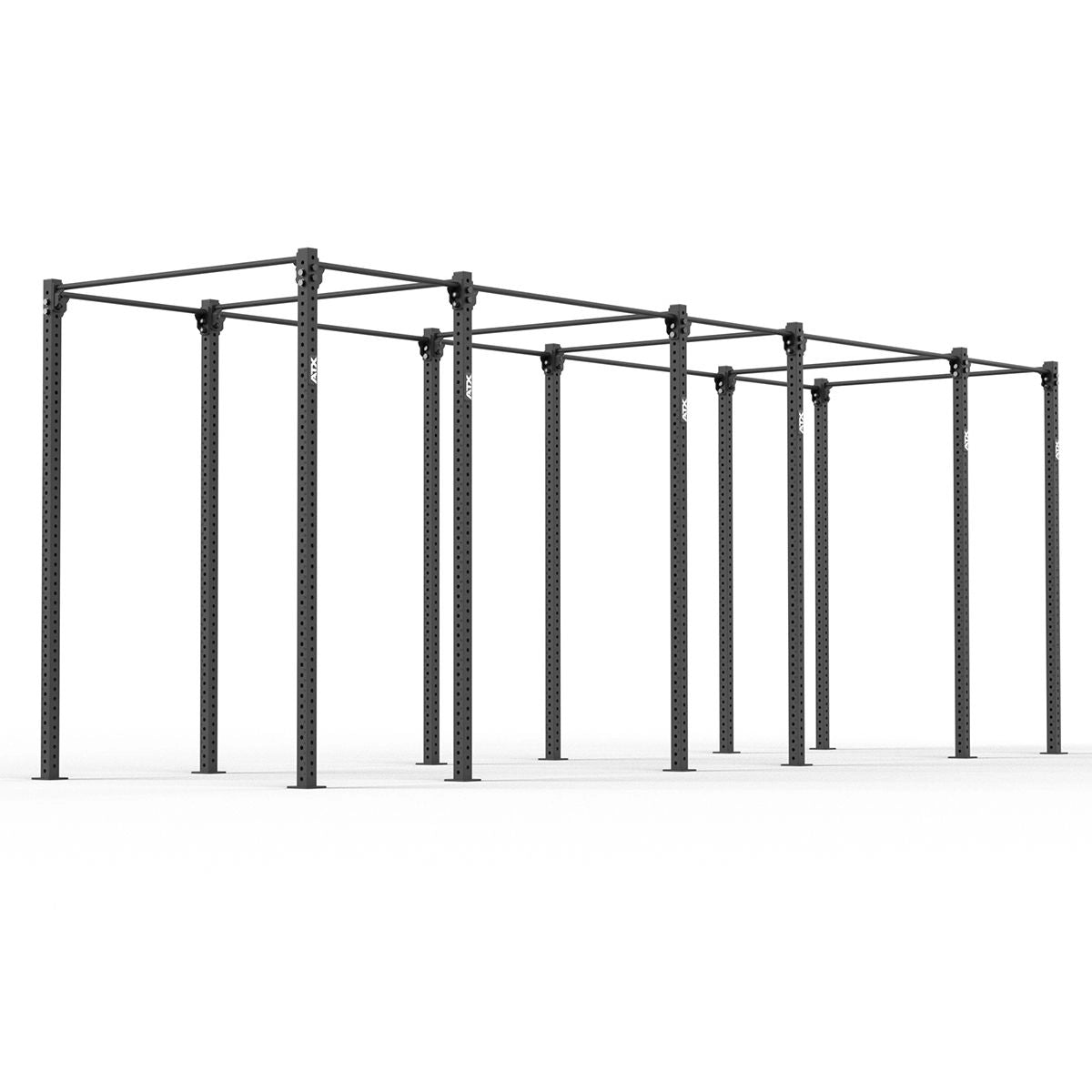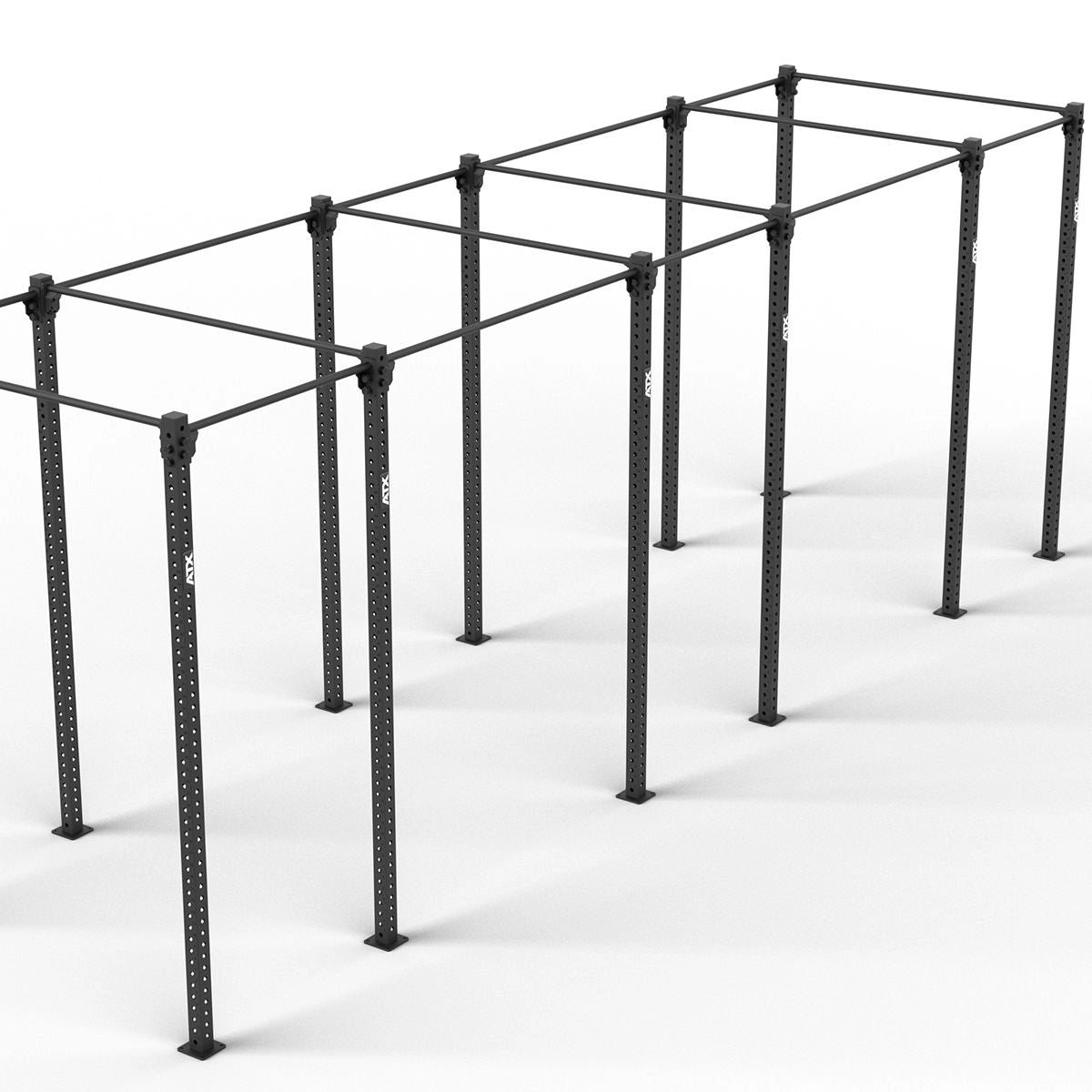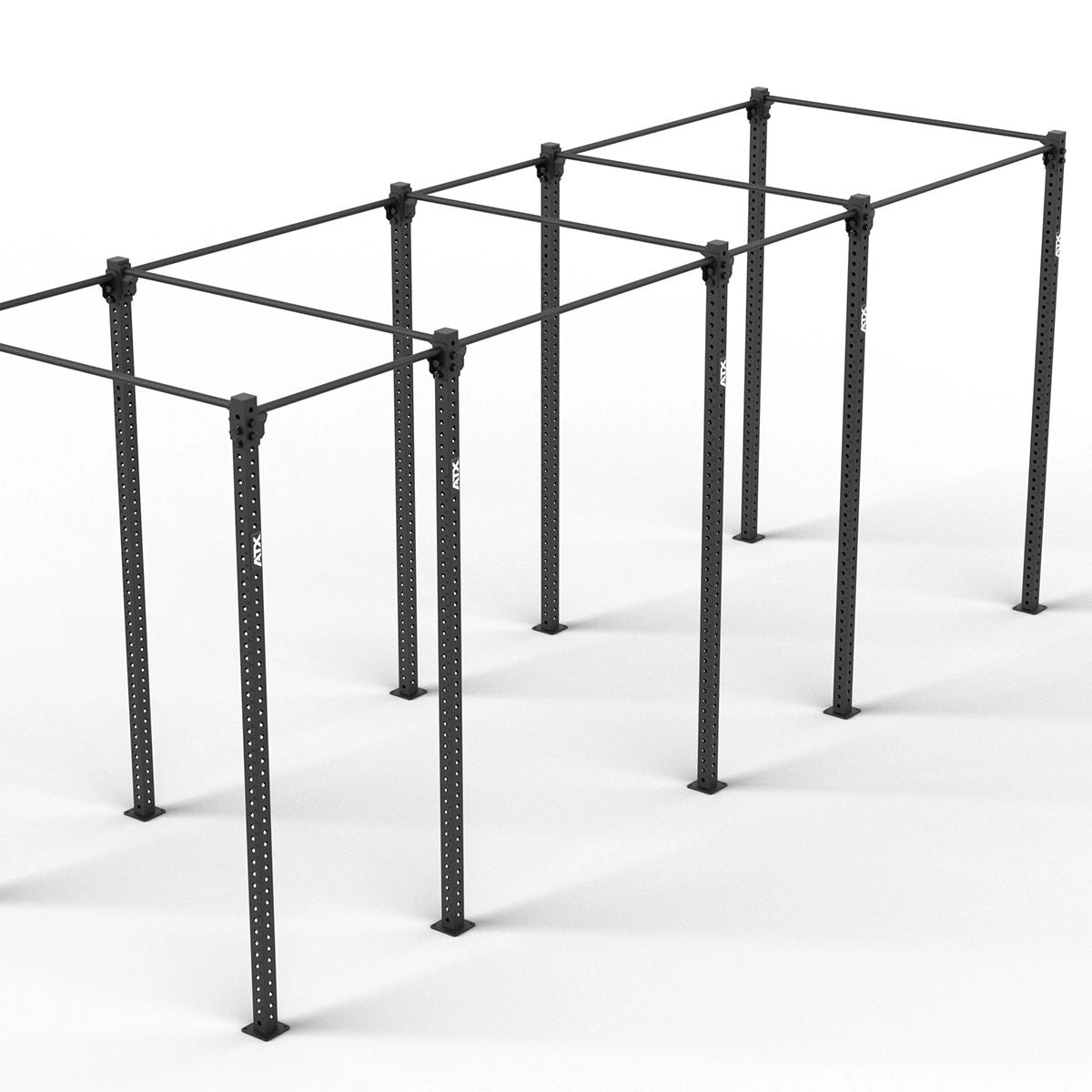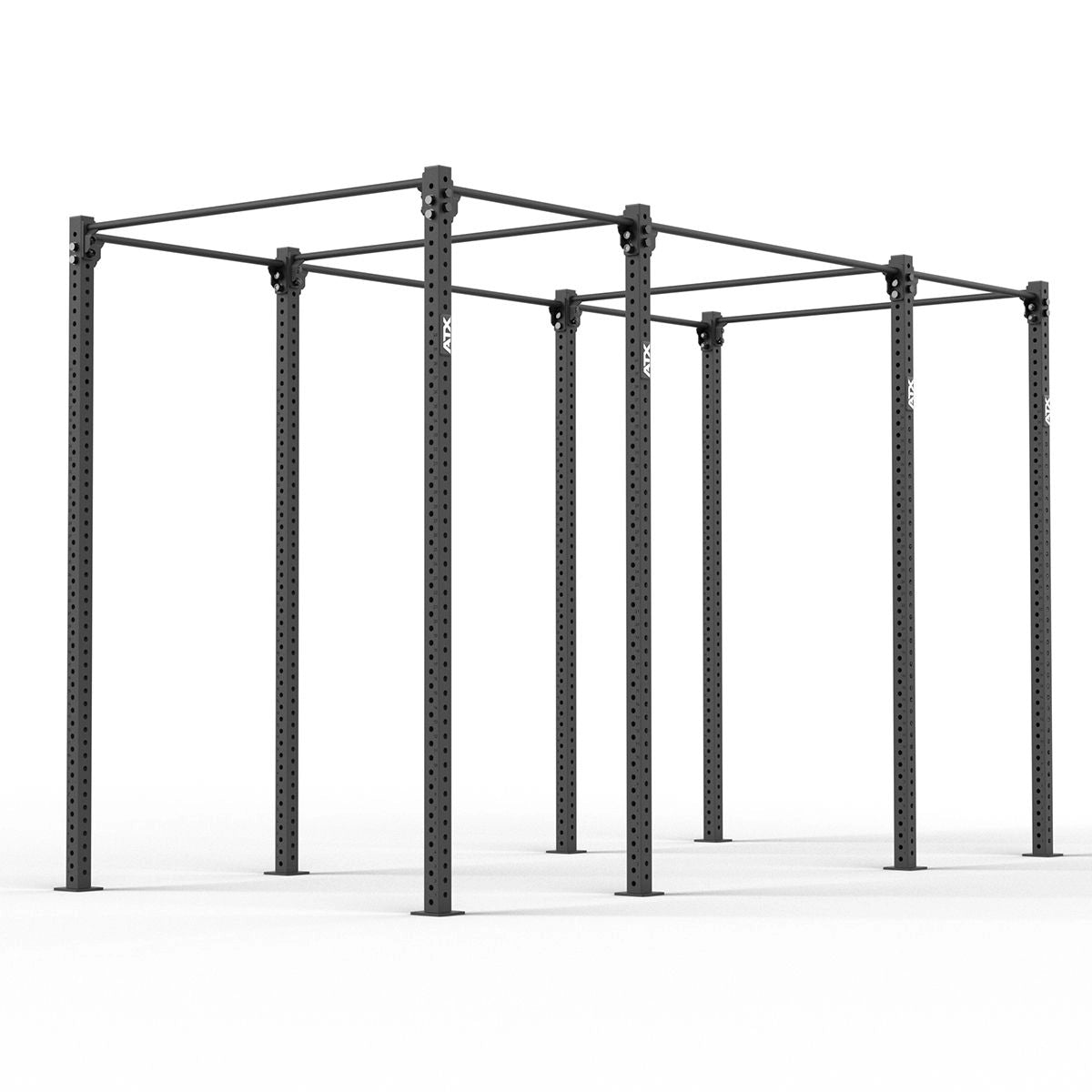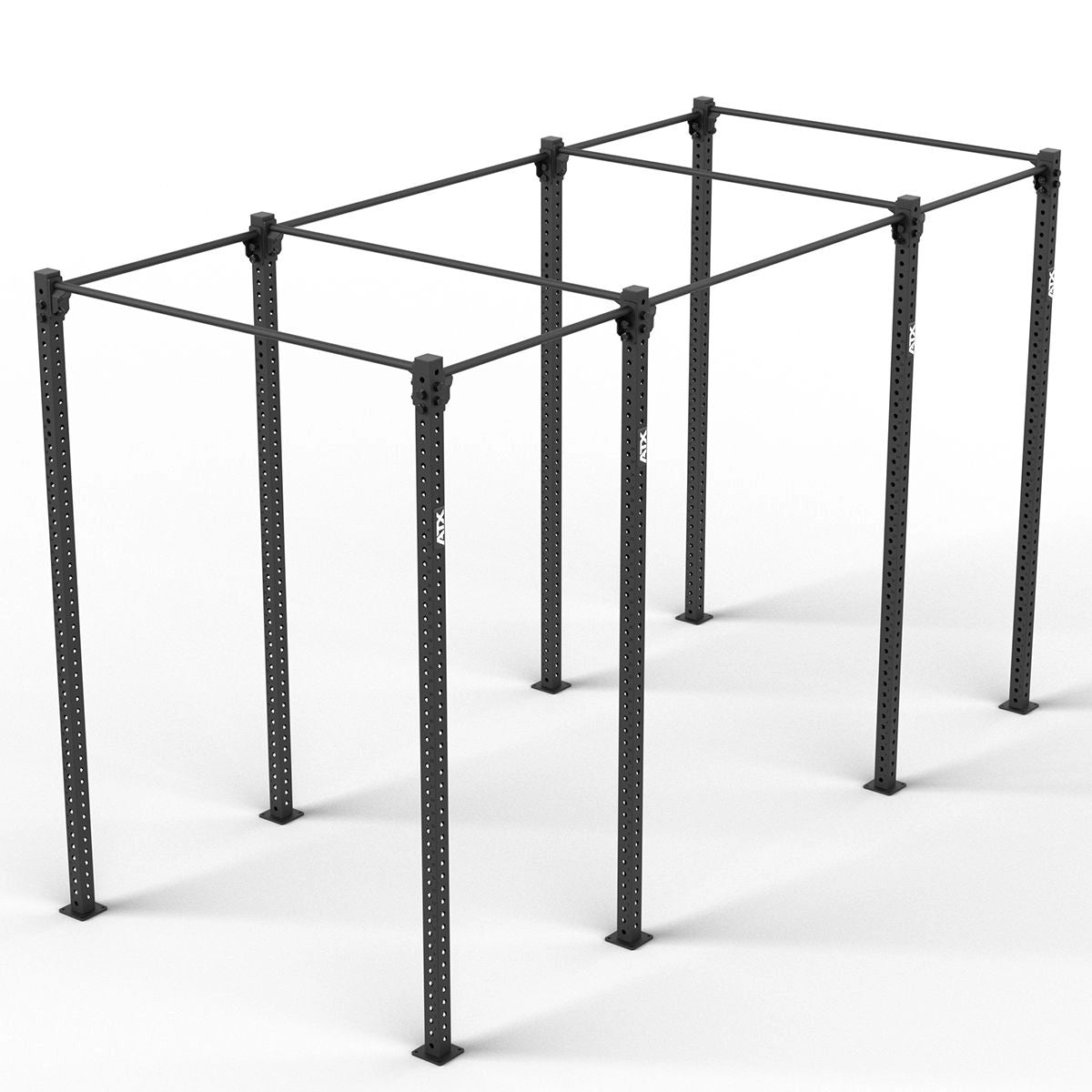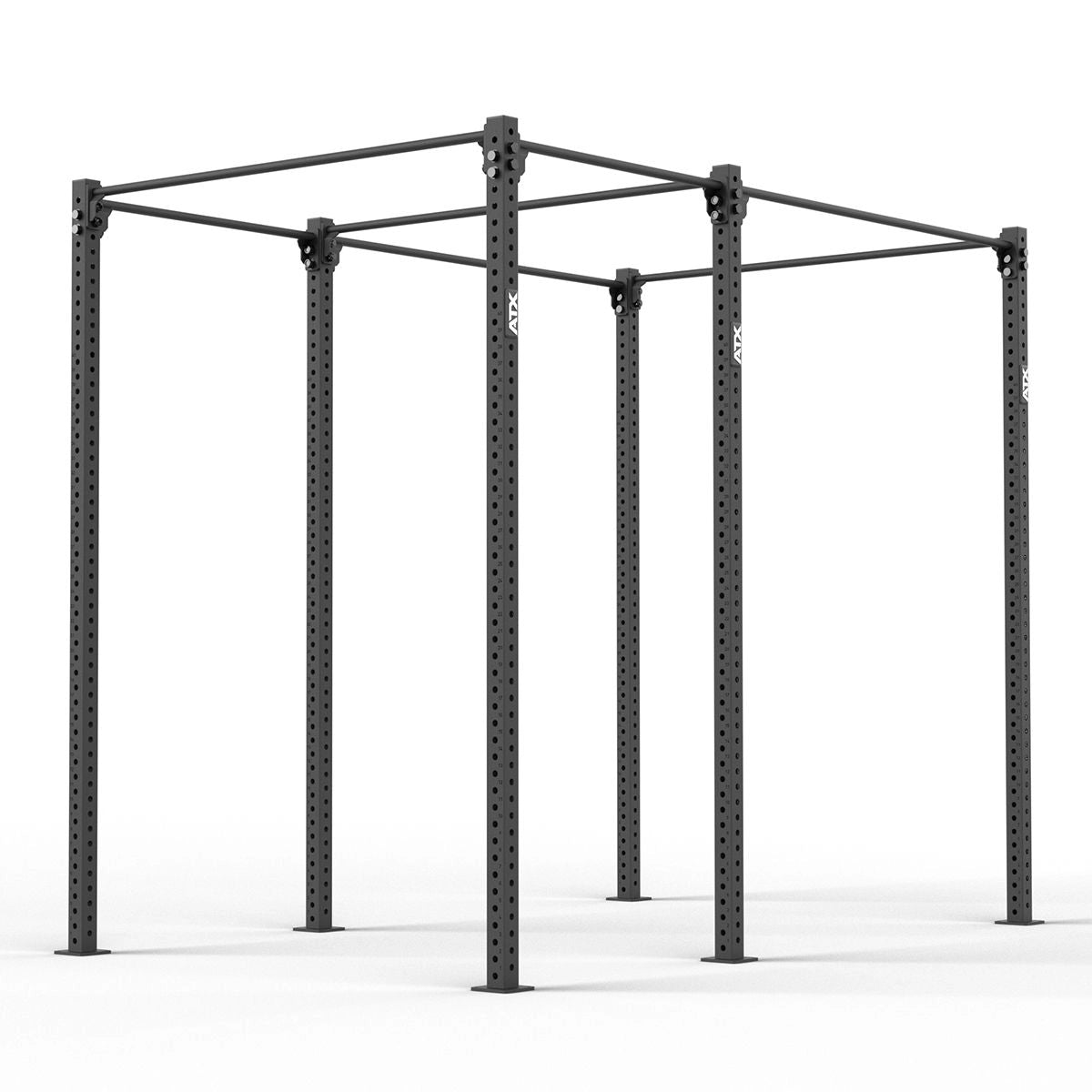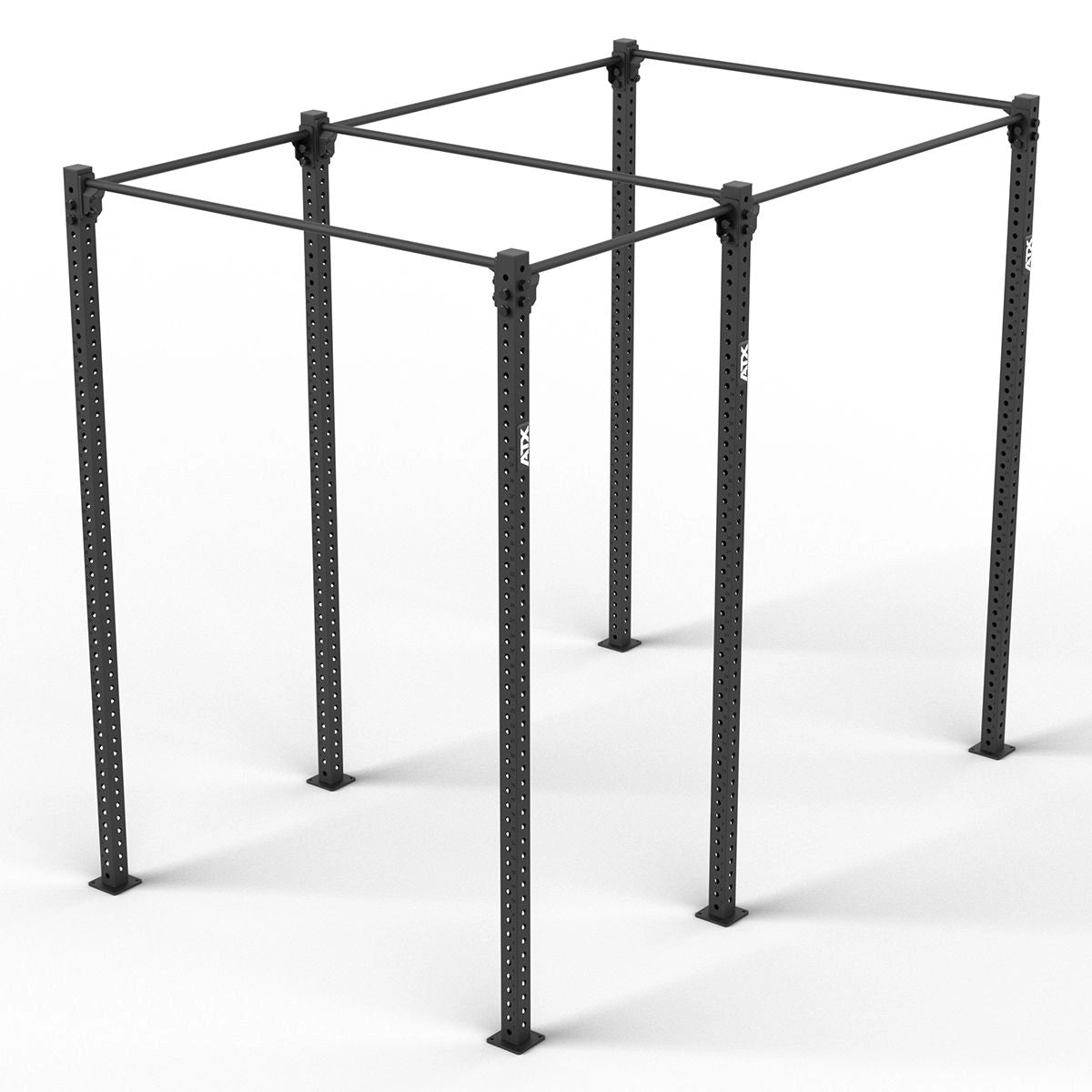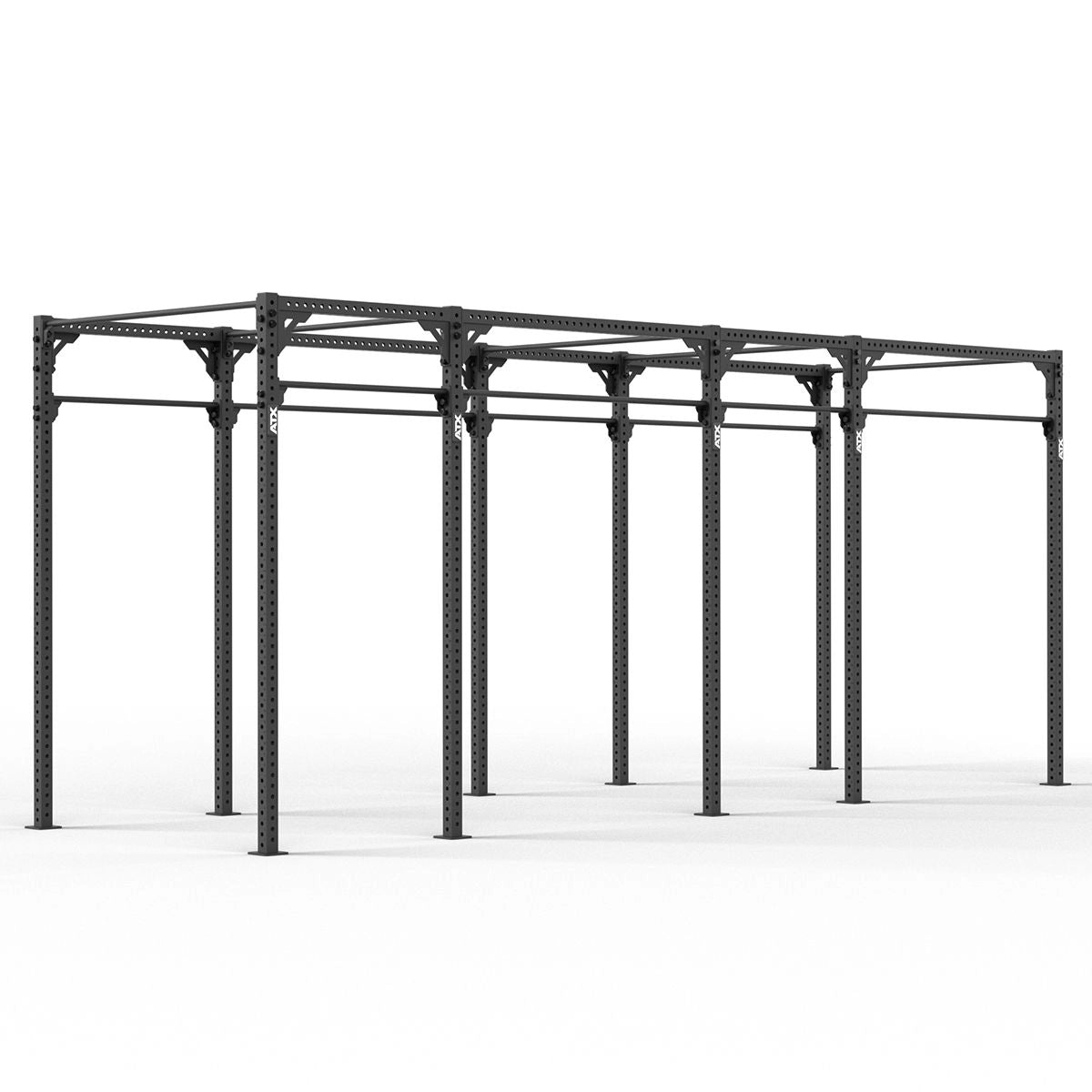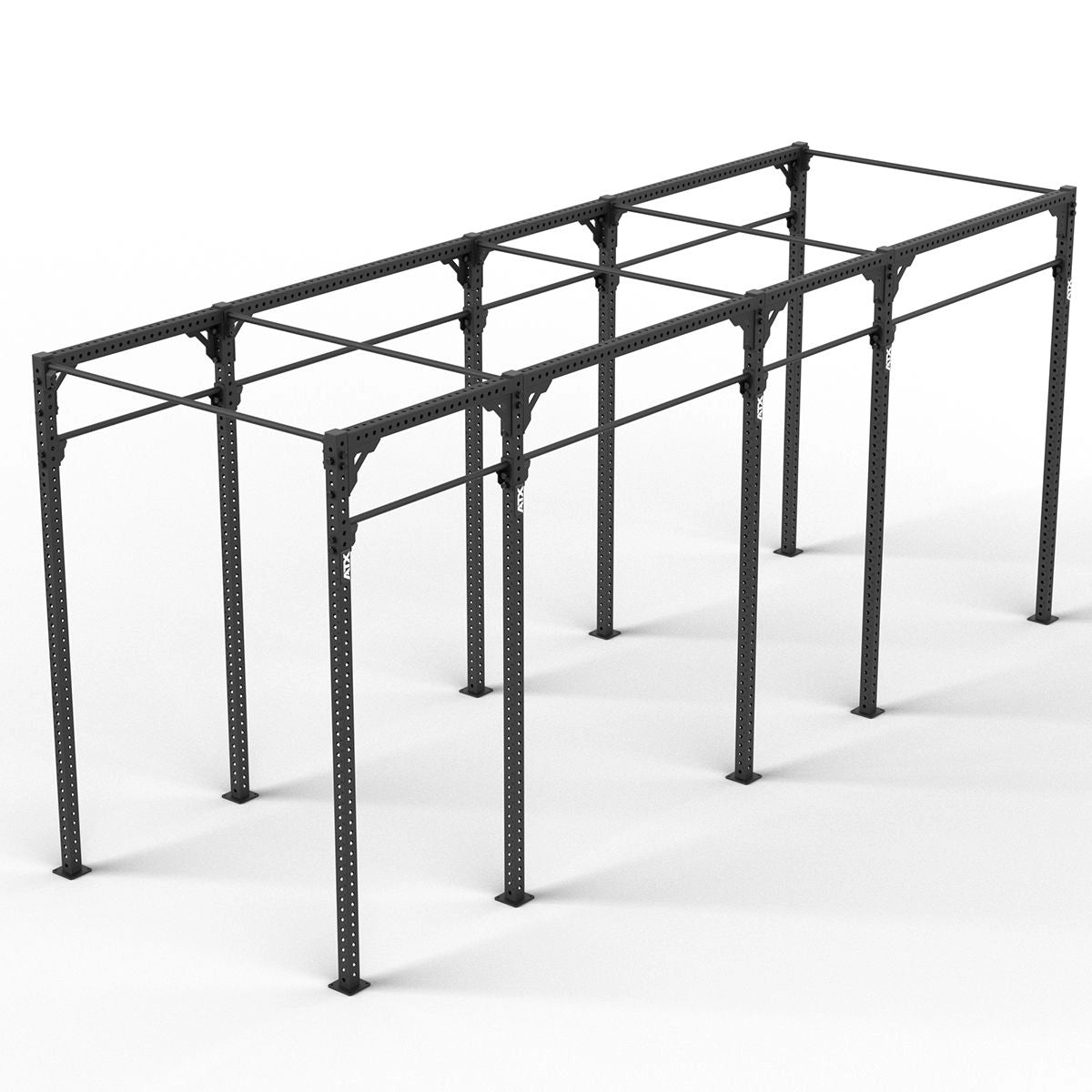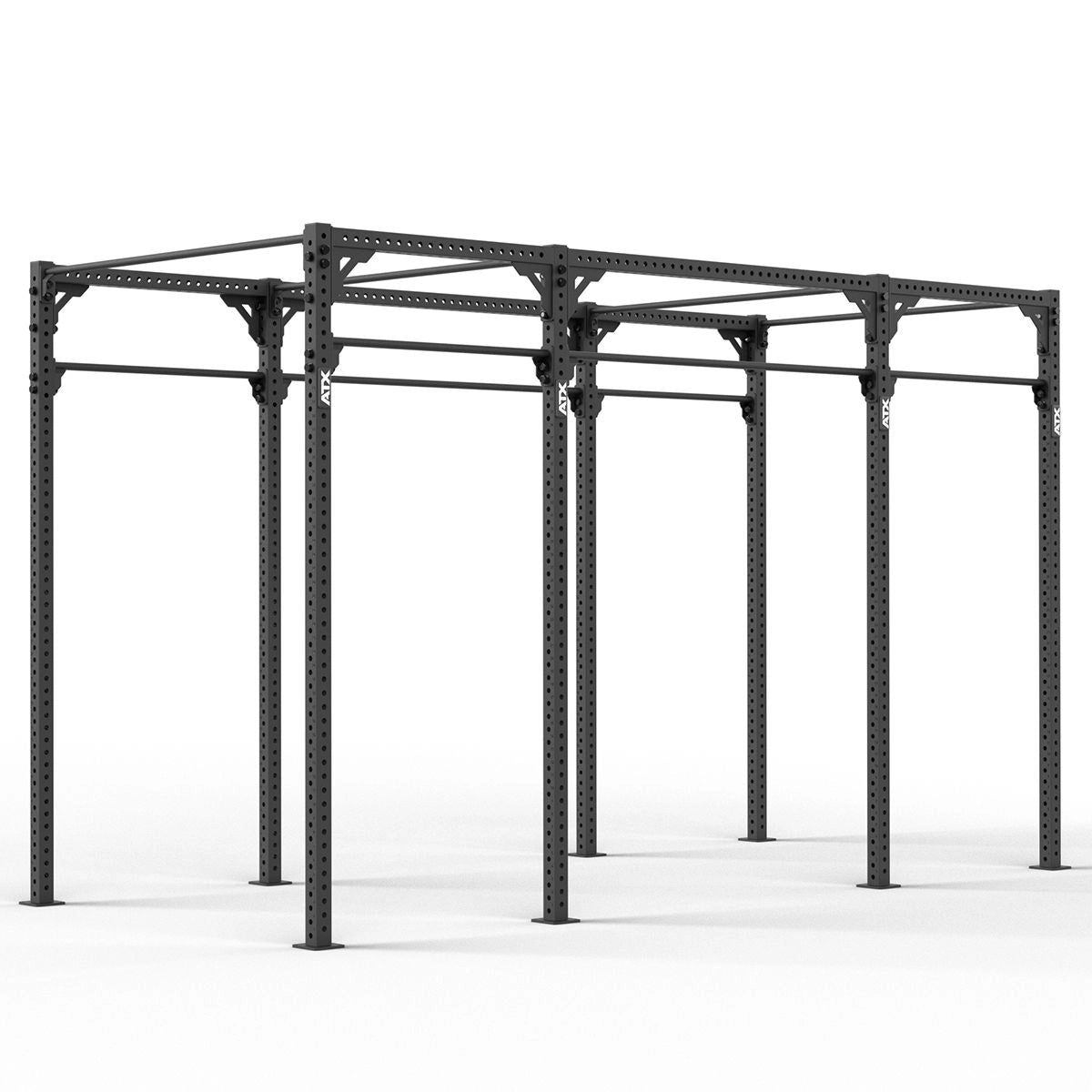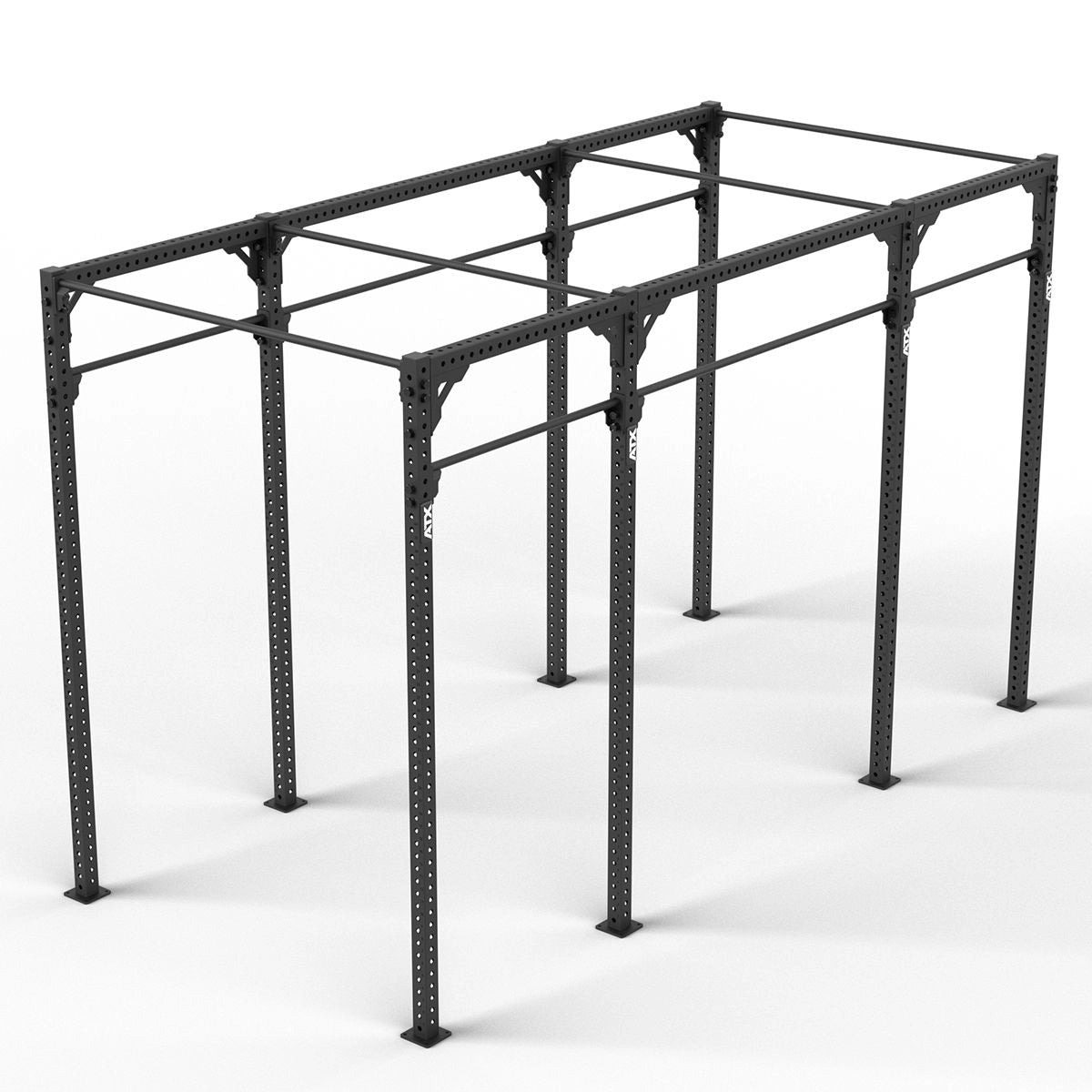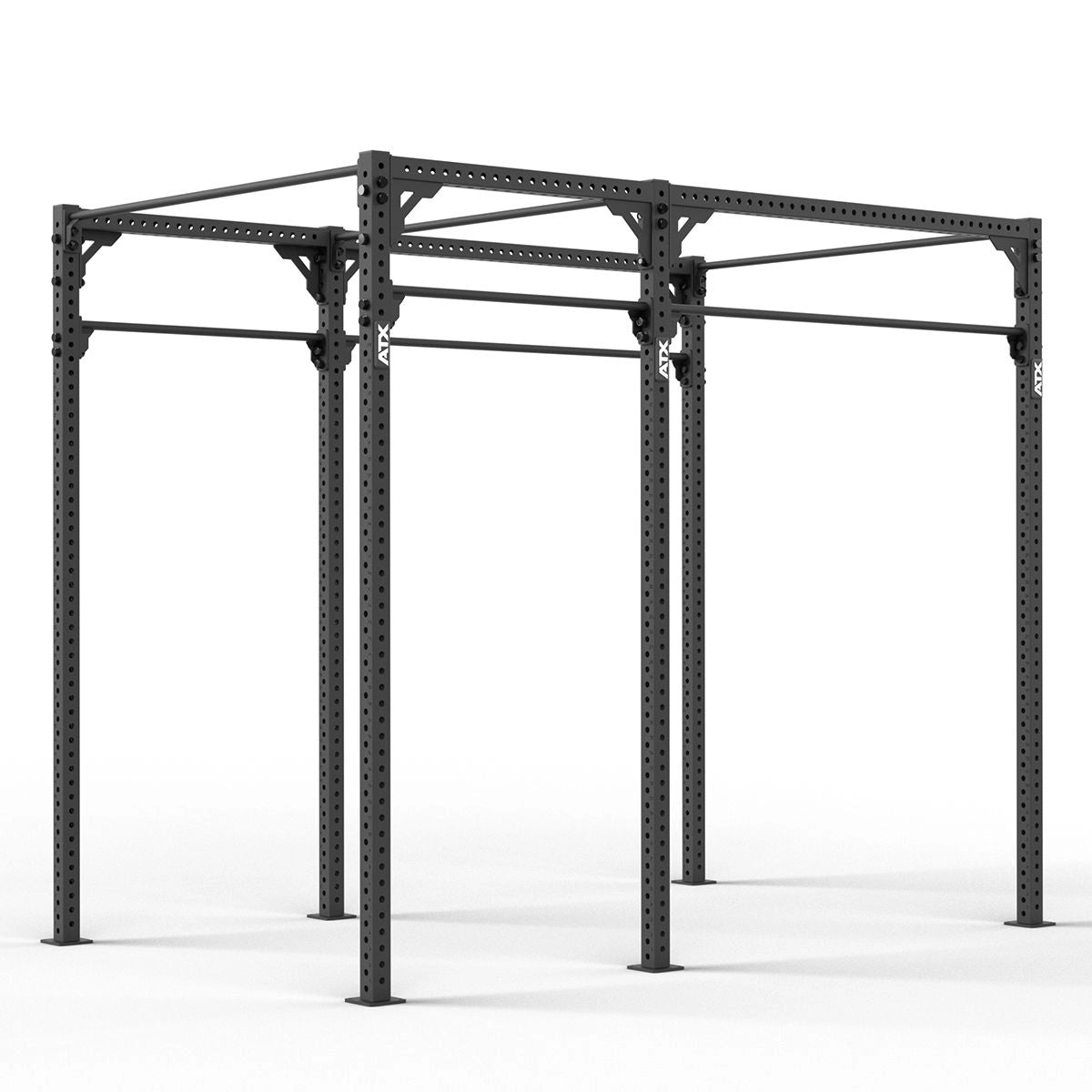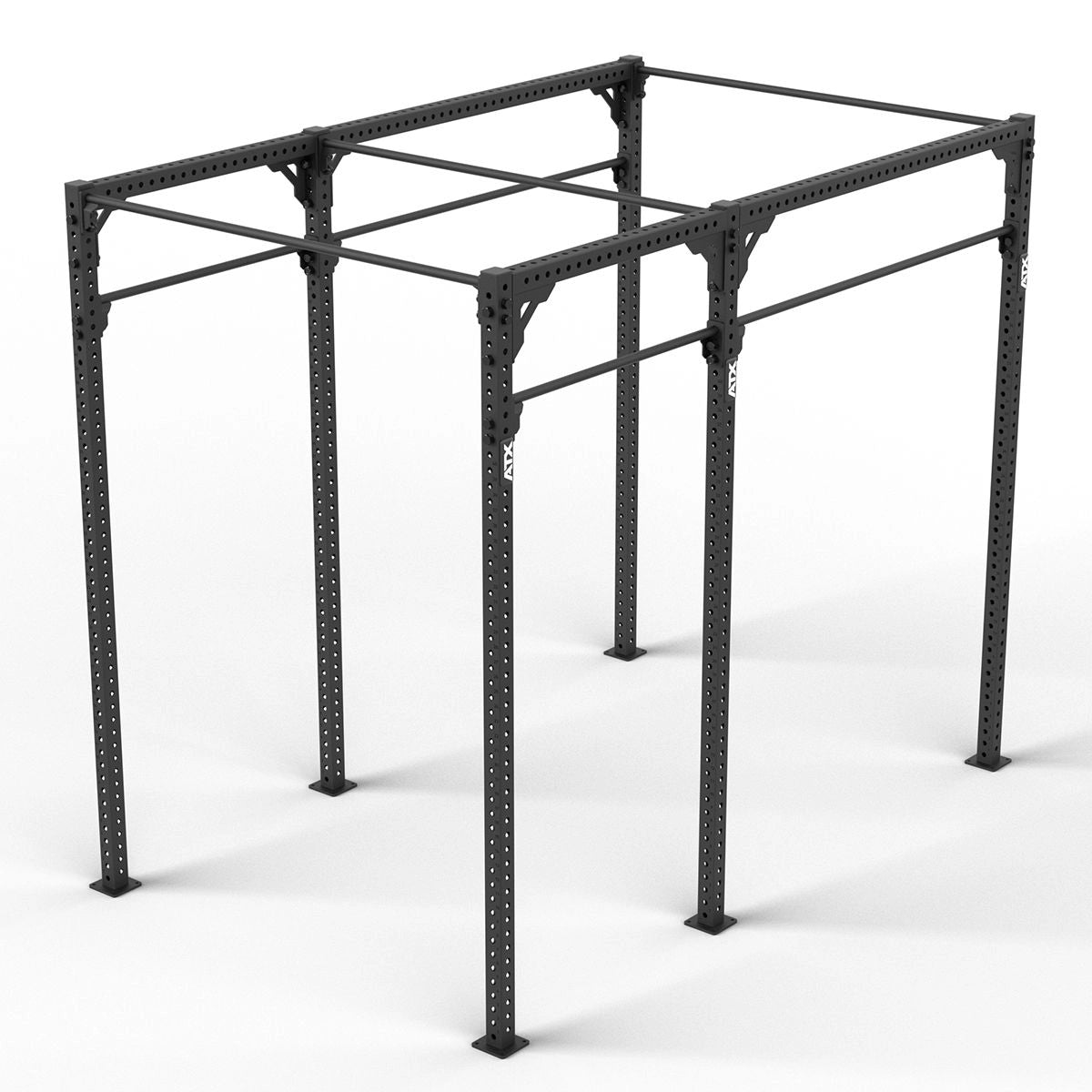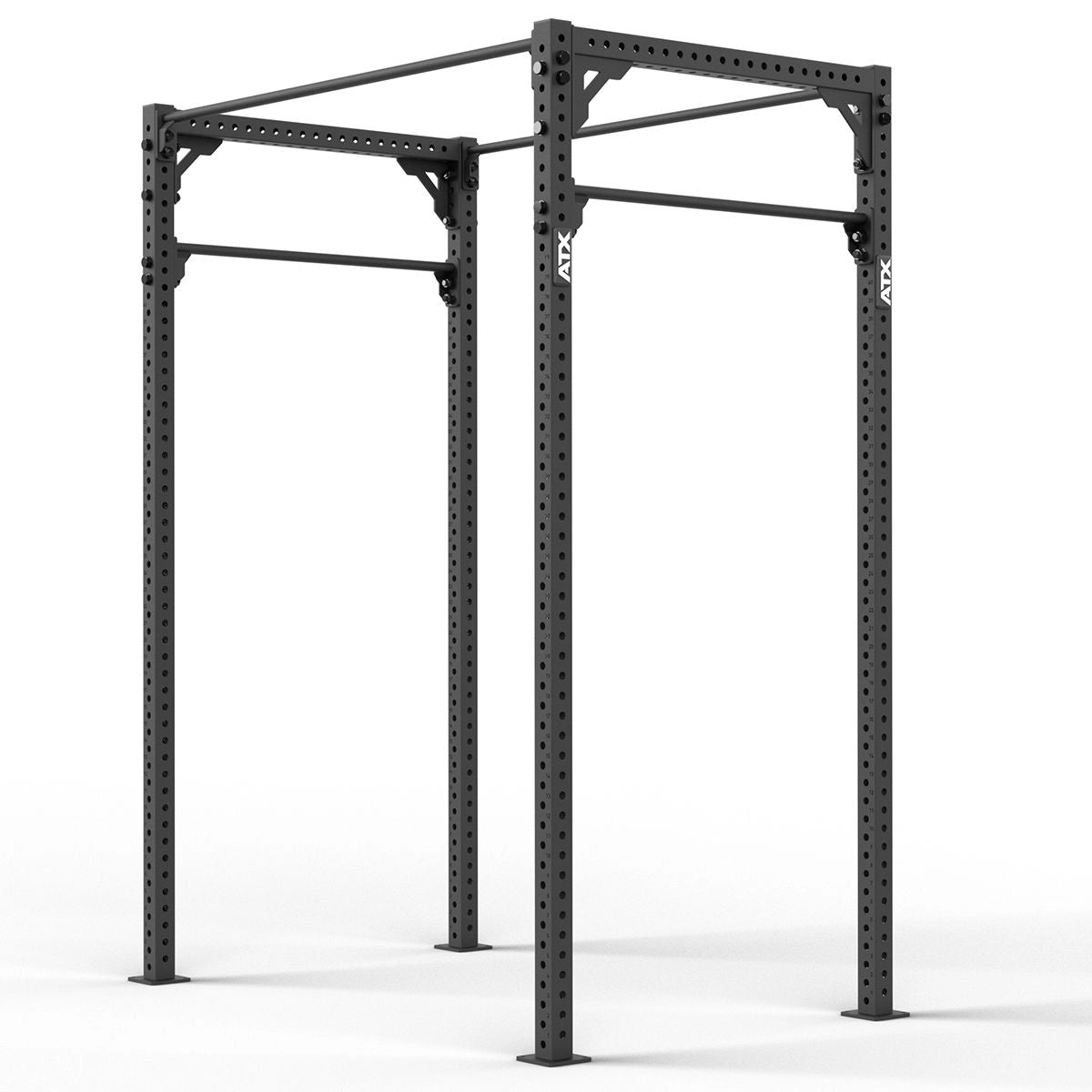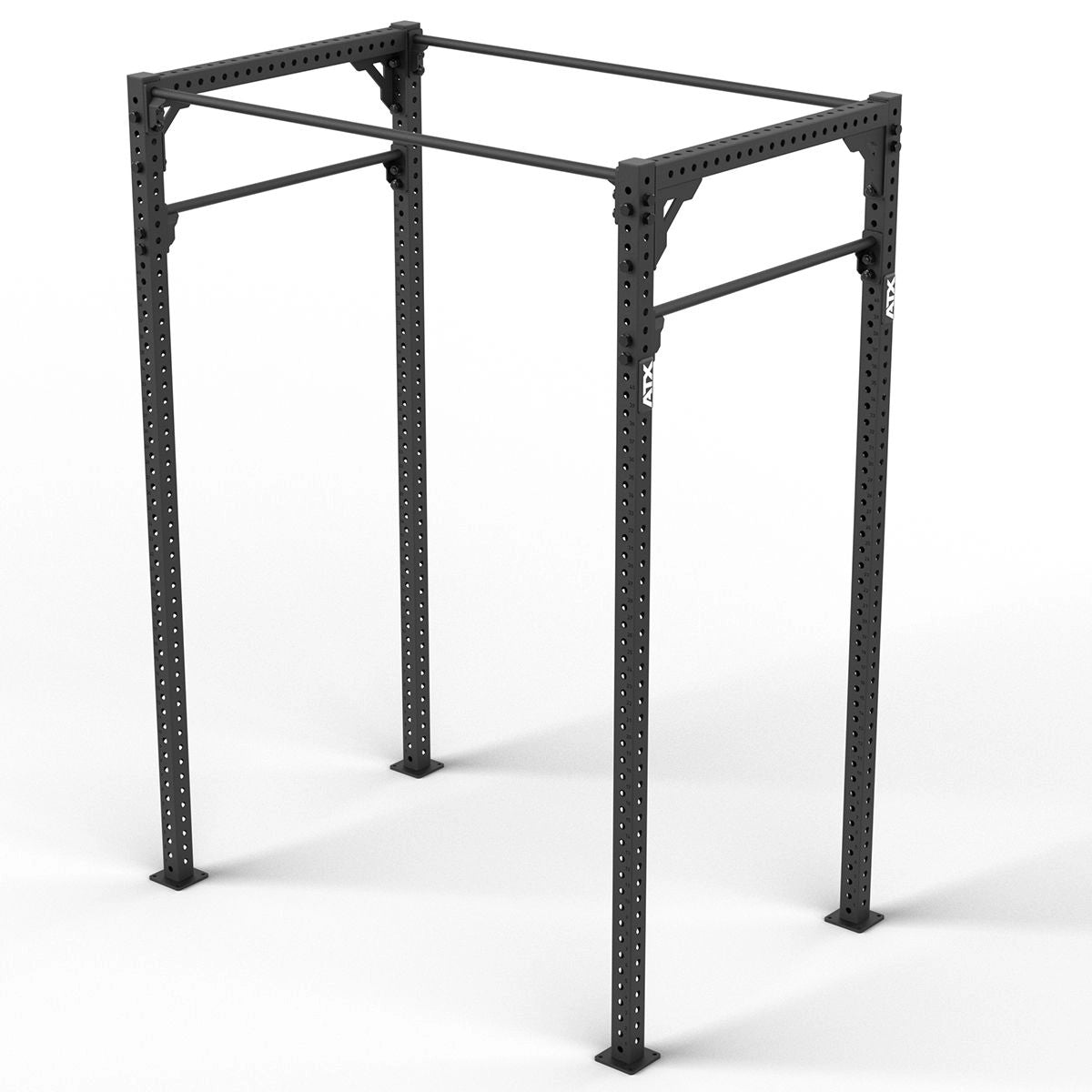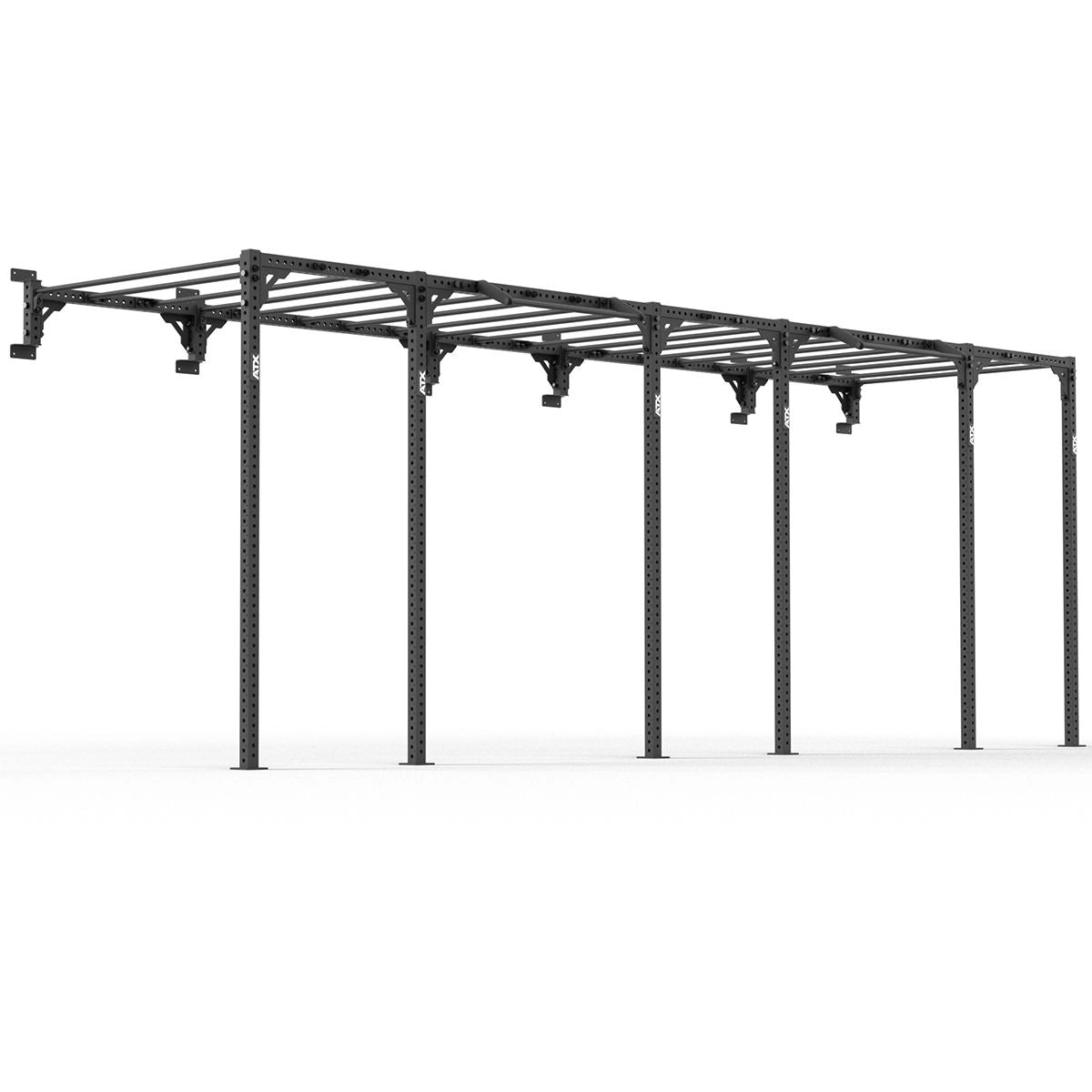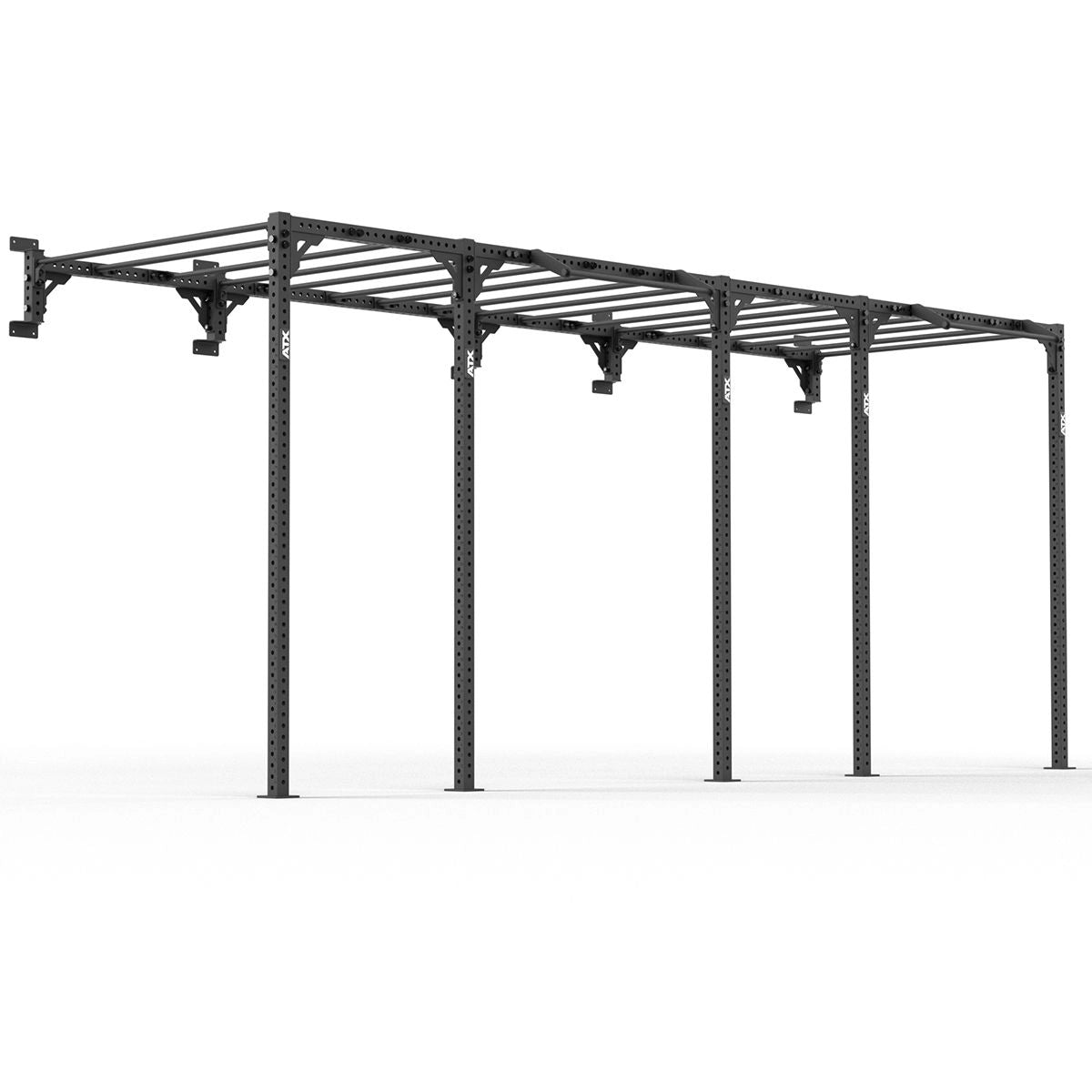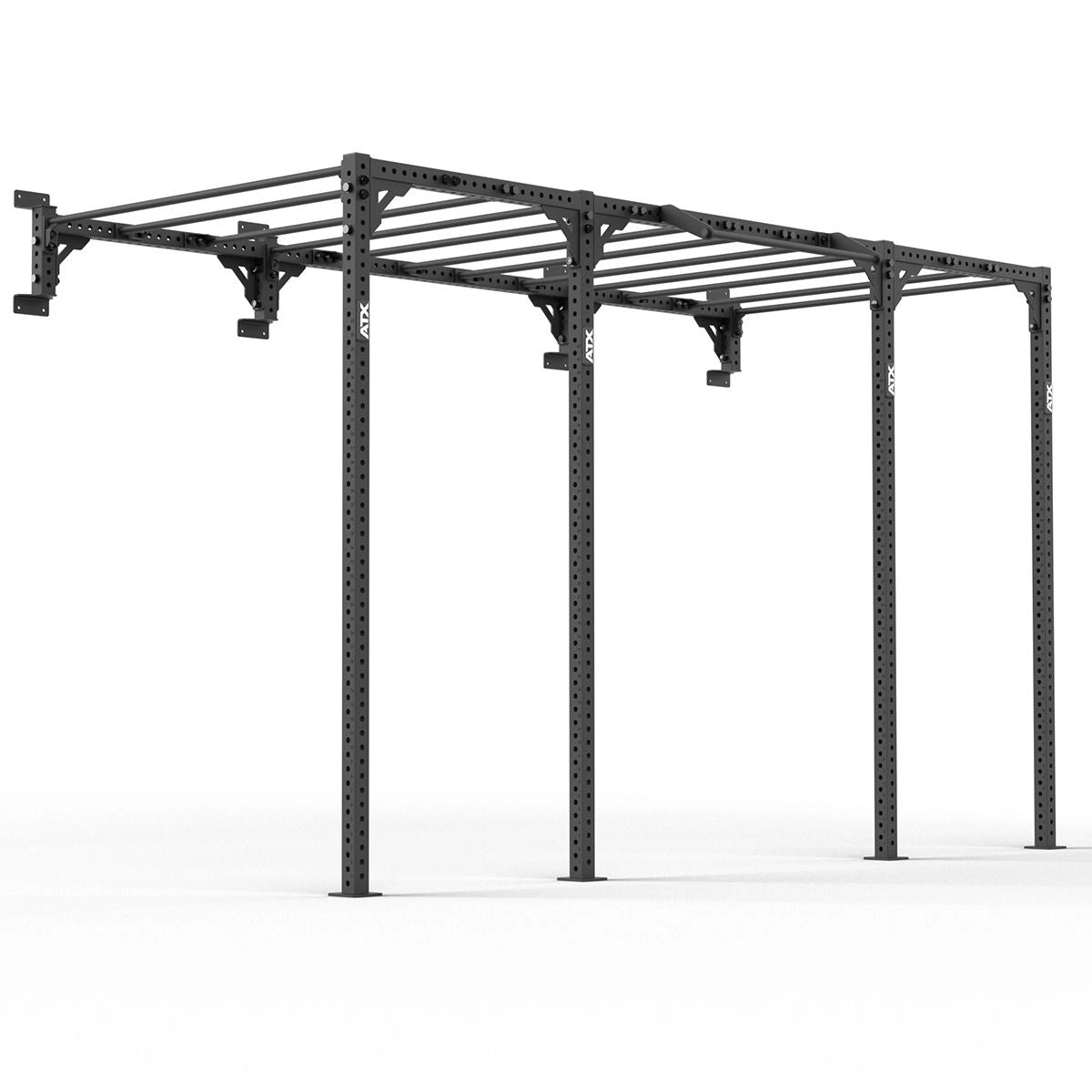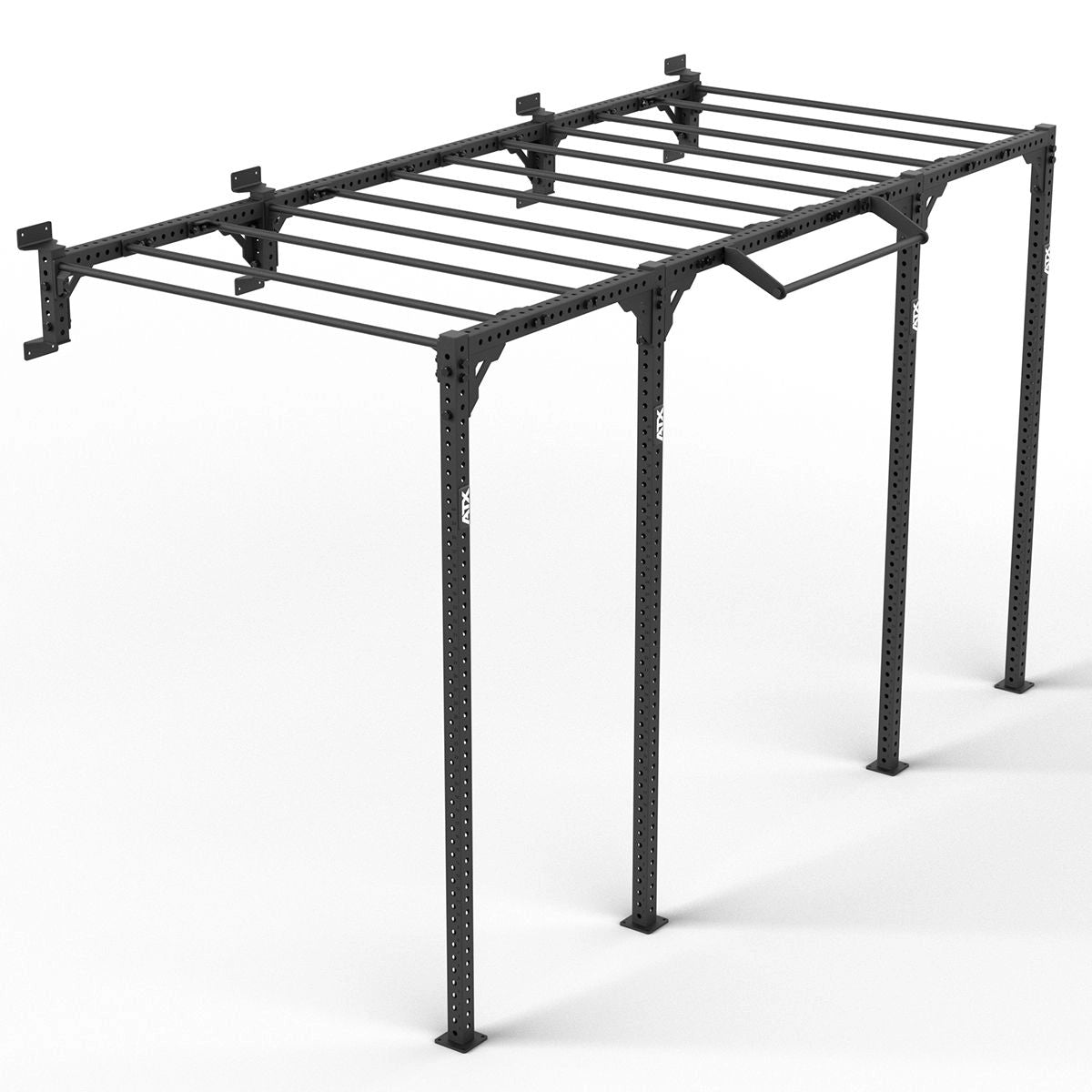Filters
-
Resistance Bands Rubber ATX® - in 9 tensile strengths
Regular price From €3,60 -
Original Russian Kettlebell Competition 8 - 48 kg
Regular price From €34,00 -
ATX® Rubber Bumper Plates - 5 to 25 kg
Regular price From €29,00 -
ATX® lifting aids - lifting straps
Regular price €14,90 -
Hex Bar 30mm chrome-plated special offer
Regular price €110,00 -
ATX® Soft Plyo Box jumping box 40 x 50 x 60 cm
Regular price €149,00 -
ATX® Medicine Ball Classic Synthetic Leather – 3 to 10 kg
Regular price From €16,90 -
ATX® Soft Plyo Box jumping box 50 x 60 x 70 cm
Regular price €179,00 -
ATX® Power Slam Ball - 4 to 20 kg
Regular price From €13,90 -
Original Russian kettlebell cast 28 kg
Regular price €115,00 -
ATX® - Liquid Chalk - Liquid Chalk 250 ml
Regular price €9,90 -
Concept2 SkiErg ski trainer
Regular price From €1.040,00 -
Concept2 RowErg rowing machine
Regular price From €1.195,00 -
ATX® Tactical Weight Vest Plates - weight plates
Regular price From €79,00 -
Concept2 BikeErg ergometer
Regular price €1.410,00 -
Power chains - pair - 16 / 24 / 32 kg
Regular price From €98,00 -
ATX® Plyobox - natural wood - 50 x 60 x 70 cm
Regular price €129,00 -
ATX® Tactical Weight Vest - weight vest
Regular price €98,00 -
ATX® Nylon Proctection Rope / Rope 10 Meters - Black
Regular price €89,00 -
ATX® Competition Powerlifting Bar
Regular price €289,00 -
ATX® Air Power Bike
Regular price €999,00 -
Original ATX® Ram Bar - Power Lifting Bar
Regular price €269,00 -
ATX® Power Bar Black Mamba - spring steel
Regular price €269,00 -
Competition Kettlebell - PB Strong 8 to 48 kg
Regular price From €59,95 -
ATX® Nylon Protection Rope / Rope 15 Meters - Red
Regular price €99,00 -
ATX® Death Bar - Skull motifs
Regular price €259,00 -
ATX® Speed Runner Curved Treadmill CT-02
Regular price €1.899,00 -
ATX® Cross Runner - Curved Treadmill with additional resistance control
Regular price €2.399,00 -
Assault Air Bike Pro X
Regular price €1.299,00 -
ATX® Functional Rig 700 - Ladder 5
Regular price €6.999,00 -
ATX® Functional Rig 700 - Ladder 4
Regular price €5.699,00 -
ATX® Functional Rig 700 - Ladder 3
Regular price €4.399,00 -
ATX® Functional Rig 700 - Ladder 2
Regular price €3.299,00 -
ATX® Functional Rig 700 - Sector 5
Regular price €6.499,00 -
ATX® Functional Rig 700 - Sector 4
Regular price €5.299,00 -
ATX® Functional Rig 700 - Sector 3
Regular price €4.299,00 -
ATX® Functional Rig 700 - Basic 5
Regular price €4.399,00 -
ATX® Functional Rig 700 - Basic 4
Regular price €3.599,00 -
ATX® Functional Rig 700 - Basic 3
Regular price €2.799,00 -
ATX® Functional Rig 700 - Basic 2
Regular price €1.999,00 -
ATX® Functional Rig 700 - Standard 5
Regular price €5.999,00 -
ATX® Functional Rig 700 - Standard 4
Regular price €4.999,00 -
ATX® Functional Rig 700 - Standard 3
Regular price €3.699,00 -
ATX® Functional Rig 700 - Standard 2
Regular price €2.799,00 -
ATX® Functional Rig 700 - Standard 1
Regular price €1.599,00 -
ATX® Functional WALL RIG 700 - Ladder 5
Regular price €5.899,00 -
ATX® Functional WALL RIG 700 - Ladder 4
Regular price €4.999,00 -
ATX® Functional WALL RIG 700 - Ladder 3
Regular price €3.599,00
Showing 48 of 65
Load moreOrdering, delivery & care.
Can I get advice before purchasing?
Yes! Our team will be happy to assist you with your product selection – by phone, email, or in person at our showroom. Together, we'll find the right equipment for your training.
How quickly will the delivery take place?
We deliver quickly and reliably. You can find the exact delivery times directly on the respective product page or during checkout. We're happy to help with any questions about availability.
Will my device be delivered pre-assembled?
Many fitness equipment items are delivered partially assembled. Easy-to-follow assembly instructions are included. Many pieces of equipment can be assembled independently; for more complex items, we recommend a second person. If you require assembly service, please contact us.
How do I properly care for my fitness equipment?
Wipe down moving parts regularly, check screw connections for tightness, and ensure storage in a dry environment. For some devices, occasional lubrication is recommended—you can find information on this in the respective manual.
Not sure which product is right for your training goals? No problem! Our experienced team will take the time to talk to you – by phone (08142/448666), email, or visit our showroom. Together, we'll find the optimal solution for your needs.
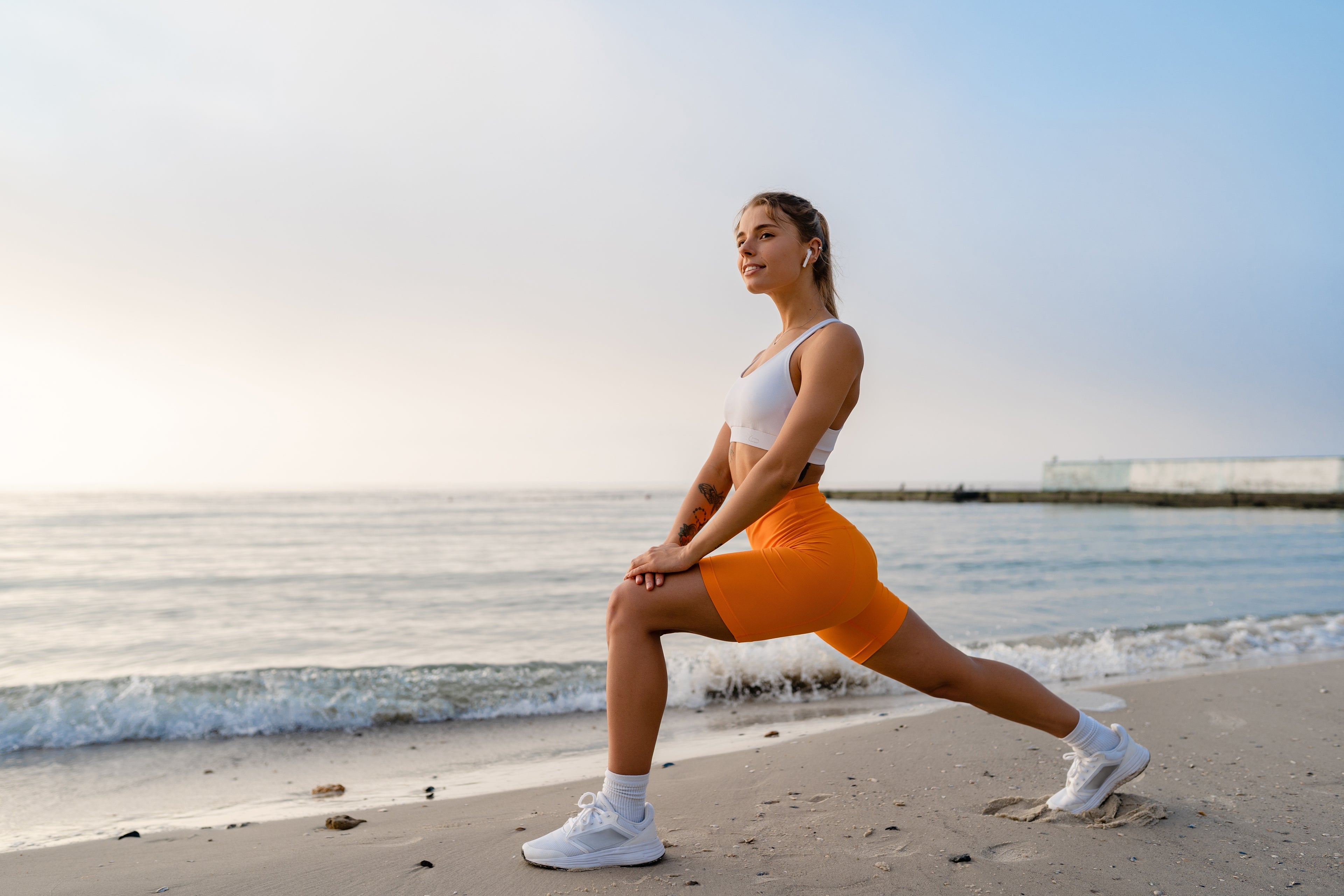
Functional Training – Strength, stability and mobility
Functional training is much more than a fitness trend. It's a training philosophy that strengthens the body holistically, improves everyday movements, and aims for maximum efficiency. It focuses on movement sequences that engage multiple joints and muscle groups simultaneously—such as lifting, twisting, pulling, jumping, or stabilizing. This makes functional training one of the most effective and sustainable forms of training available.
Why functional training is essential today
In a world where many people spend their time sedentary and a lack of exercise leads to muscle loss, back pain, and poor posture, functional training provides a much-needed balance. It not only improves physical fitness but also the quality and efficiency of movement. Whether at work, during sports, or in everyday family life, functional training makes you more resilient, stronger, and more flexible.
Our Functional Training Collection at motion sports is specifically geared to these goals: We offer you a carefully selected range of equipment that you can use specifically for functional training in your home gym or fitness studio – from kettlebells to sling trainers , from medicine balls to exercise balls .
What exercises do you do during functional training?
Functional training thrives on variety . The exercises are based on natural movement patterns such as pushing, pulling, lifting, twisting, or balancing. They don't train individual muscles in isolation, but rather develop entire muscle chains and improve the cooperation between the nervous system and muscles —also known as intermuscular coordination. Classic exercises include:
1. Squats – for legs, buttocks, torso
2. Lunges – for balance, coordination, leg and glute muscles
3. Planks – for a strong core
4. Push-ups – functional for chest, shoulders, arms and torso
5. Kettlebell Swings – for explosive power, hip extension and back
6. Sandbag Lifts and Carries – for grip strength, body tension and stability
7. Sling Trainer Rows or Push-ups – for core stabilization under instability
8. Rotation exercises with medicine ball – for functional core strength and explosiveness
These exercises can be endlessly varied with the right equipment from our collection. Resistance bands , balance pads , exercise balls, or cable pulleys make them even more intense, varied, and effective.
Is functional training strenuous?
Functional training can be strenuous—and that's precisely part of the recipe for success. However, the training is always adaptable. Beginners can start with basic exercises and gradually increase intensity, weight, and complexity. Experienced athletes, on the other hand, benefit from high-intensity, complex workouts with short rest periods and many repetitions . Functional training becomes particularly challenging when you:
I. requires several muscle groups at the same time (e.g. B. Thrusters or Clean and Press with the Kettlebell)
II. uses unstable training equipment (e.g. B. Sling trainer or exercise ball)
III. minimize breaks (e.g. B. Circuit training with high heart rate)
IV. introduces time limits (e.g. B. “ As many rounds as possible ” in 15 minutes)
Conclusion: Functional training is not strenuous per se, but it challenges you exactly where you need it – adapted to your fitness level.
Is functional training CrossFit?
The question of whether functional training and CrossFit are the same thing often arises – and the clear answer is: No , however, there are significant similarities. Functional training is primarily a training approach that focuses on functional movement patterns relevant to everyday life and strengthens the entire body's natural mobility. The focus is on movements such as pushing, pulling, lifting, rotating, or jumping, which engage multiple muscle groups simultaneously and promote coordination.
CrossFit, on the other hand, is a clearly defined training system that takes this functional approach but integrates it into a high-intensity interval and competition format. Typical CrossFit sessions consist of functional core exercises , supplemented by elements from Olympic weightlifting, track and field, and gymnastics. The goal here is not only holistic fitness but also maximum performance improvement under time pressure and often in direct comparison with other athletes.
While CrossFit is strongly performance- and competition-oriented, functional training is characterized by greater versatility and adaptability. It is:
I. less competitive
II. used more widely – from rehabilitation and prevention to health sports and performance improvement
III. Scaled to be gentler on the joints, so that intensity and complexity can be individually adjusted
IV. consistently focused on movement quality and clean technique
One could say: CrossFit is functional training in an extremely condensed, performance-oriented form, while functional training itself forms the solid foundation on which CrossFit has developed.
How often per week should functional training be performed?
The optimal frequency for functional training cannot be determined in general terms, as it largely depends on individual goals , current fitness level, and time resources. Nevertheless, clear guidelines can be derived that enable effective training planning.
For beginners and health-conscious exercisers, we recommend scheduling approximately two training sessions per week. The focus should be on clean movement execution , developing body awareness, and a moderate increase in intensity. The goal is to build a solid foundation of strength, coordination, and flexibility without overloading the body.
Advanced athletes and fitness enthusiasts who already have experience with functional training typically benefit from three to four sessions per week. The intensity can be varied as desired—for example, through a combination of challenging circuit training, focused technique training, and strength-focused power workouts. This promotes both improved performance and long-term resilience.
For competitive athletes and professionals, functional training often serves as a targeted supplement to sport-specific training. Two to three sessions per week can be crucial for optimizing strength, stability, and movement quality, as well as preventing injuries. Regardless of performance level, regeneration is an essential part of the training process. During recovery phases, muscles, connective tissue, and the nervous system adapt to the training stimuli. Planning sufficient rest periods not only increases performance but also minimizes the risk of overload and injury.
Benefits of Functional Fitness
Functional fitness is far more than a fitness trend—it's a holistic training concept specifically aimed at improving the quality of movement, strengthening the entire body functionally, and preventing injuries. The approach is based on complex, multi-joint movements that engage multiple muscle groups simultaneously, making it significantly more practical than isolated exercises.
Especially at a time when more and more people spend their days sedentary in offices, spending hours in a posture that's unfavorable for their backs and muscles, functional training is becoming increasingly important. Targeted mobility exercises improve range of motion and joint mobility, making everyday movements easier, more fluid, and less painful. In addition to its preventative benefits, functional training is also very popular among ambitious and already very fit athletes – especially because it strengthens core stability, the foundation for almost every athletic performance.
1. Full-body workout for balanced fitness
One of the greatest advantages of functional training is its integrative approach: Unlike traditional strength training, which often focuses on isolated muscle groups, functional training works on the consistent development of the entire musculoskeletal system. Strength, mobility, balance, and coordination are all equally promoted. The result is a body that is not only stronger, but also more responsive, stable, and enduring—across all planes of movement.
2. Injury prevention through muscular compensation
A key advantage of functional training is its ability to identify and correct muscular imbalances . Because many exercises are performed using your own bodyweight or free equipment, they are technically more accurate and harder to "fake" than isolated machine exercises. This reduces the risk of exacerbating one-sided strain or poor posture, and significantly reduces the likelihood of overuse injuries.
3. Promoting posture and back health
Back pain is one of the most common complaints in modern society and is often the result of inadequately trained core muscles and poor posture. Functional training specifically counteracts this problem by strengthening the muscles surrounding the spine , stabilizing the torso, and correcting poor posture. Strengthened core muscles relieve pressure on the spine, leading to a more upright posture, improved movement mechanics, and a noticeable reduction in back pain.
In short: Functional Fitness combines performance improvement, prevention, and well-being in a single, effective training concept – making it one of the most sustainable and useful forms of training of our time.
Buy functional training equipment online
At motion sports, you'll find high-quality functional training equipment that combines functionality, durability, and design. We offer a wide selection of professional equipment and accessories—from kettlebells and medicine balls to battle ropes and suspension trainers—ideal for home gyms and studios. Benefit from fast delivery, expert advice, and the experience of a specialized fitness expert who only includes tested, high-quality products in his range.


